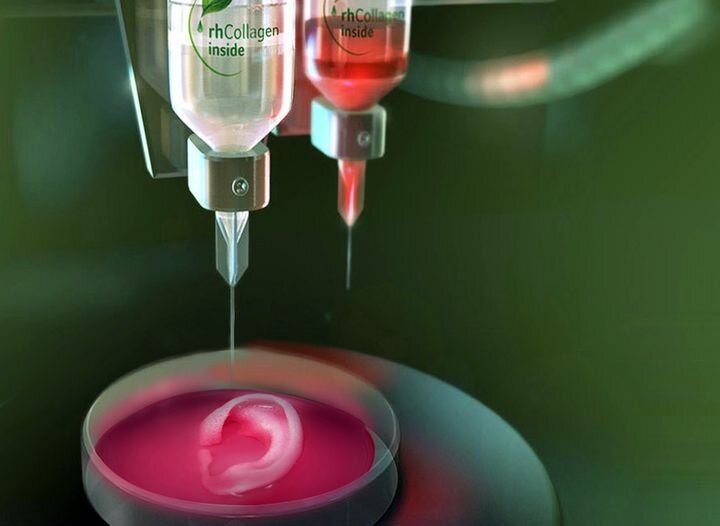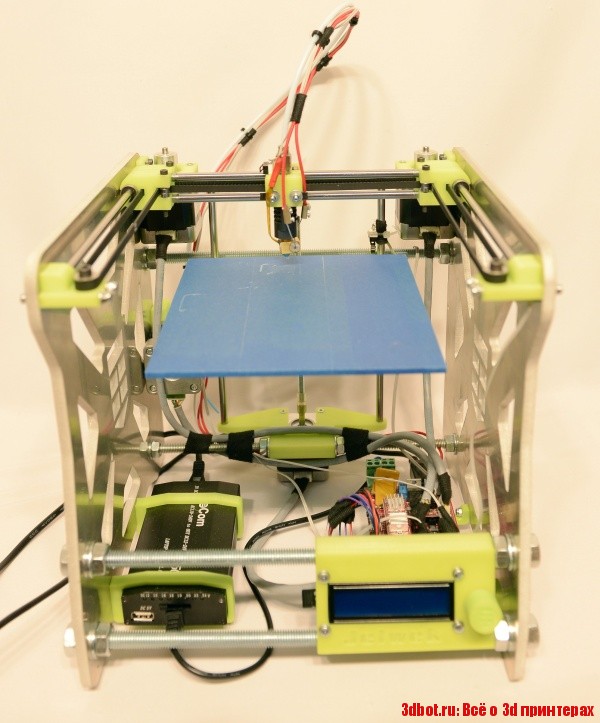3D print world of warcraft
World of Warcraft 3D Print Models
Make pre-order
E-Mail:
OS:WindowsMac OSLinuxOther
Printer model:
Cancel
Size of Files: 3428.45 MB
Optimized Print Size:
102 cm x 44 cm x 57.9 cm
40.16" x 17.32" x 22.8"
(4)
Frost Wyrm 3D Printing Figurine | Assembly
type WoW by Docik
$34.99
Size of Files: 3454.13 MBOptimized Print Size:
35.5 cm x 35.4 cm x 28.5 cm
13.98" x 13.94" x 11.22"
(3)
Arthas 3D Printing Figurine | Assembly
type WoW by David Knight
$24.99
Size of Files: 2938.Optimized Print Size:
16.2 cm x 13.4 cm x 24 cm
6.38" x 5.28" x 9.45"
(3)
Anduin Wrynn 3D Printing Figurine | Assembly
type WoW by MESHER
$24.99
Size of Files: 2296.58 MBOptimized Print Size:
16.1 cm x 20.5 cm x 25.2 cm
6.34" x 8.07" x 9.92"
(13)
Paladin Judgement Armor 3D Printing Figurine | Assembly
type WoW by cosmic
$24.99
Size of Files: 2733.23 MBOptimized Print Size:
37.6 cm x 29 cm x 34.5 cm
14.8" x 11.42" x 13.58"
(19)
Illidan Stormrage 3D Printing Figurine | Assembly
type WoW by David Knight
$24. 99
99
Optimized Print Size:
17.4 cm x 23.2 cm x 29 cm
6.85" x 9.13" x 11.42"
(8)
Illidan The Demon Hunter 3D Printing Figurine | Assembly
type WoW by MESHER
$26.99
Size of Files: 2486.69 MBOptimized Print Size:
71.2 cm x 30 cm x 36.2 cm
28.03" x 11.81" x 14.25"
(20)
Deathwing 3D Printing Figurine | Assembly
type WoW by Docik
$18.24 $24.99
Size of Files: 2076.49 MBOptimized Print Size:
19.6 cm x 27 cm x 47 cm
7.72" x 10.63" x 18.5"
(13)
Sylvanas 3D Printing Figurine | Assembly
type WoW by David Knight
$24.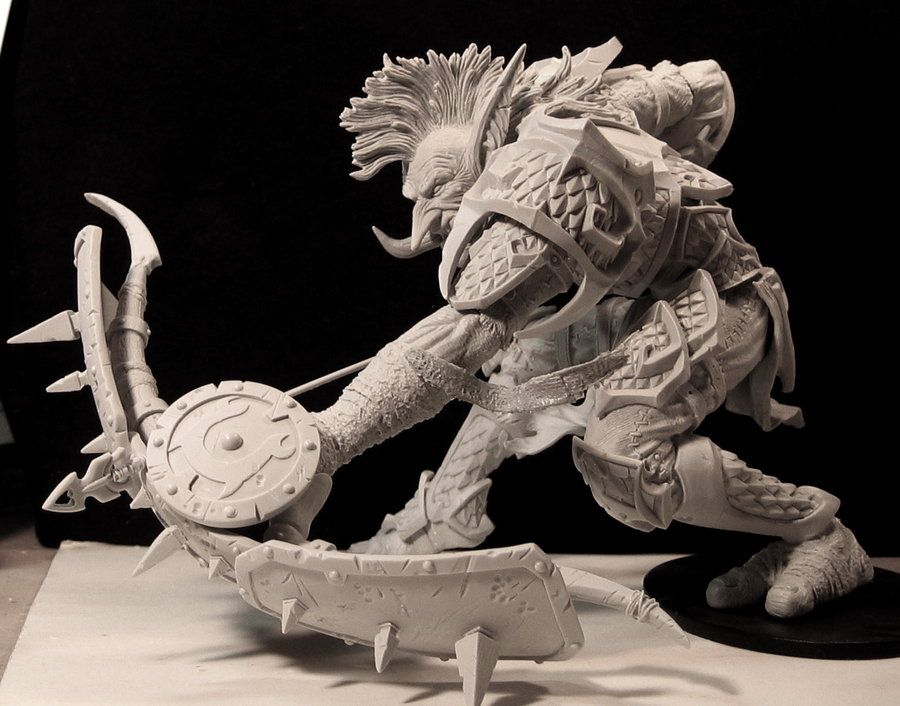 99
99
Optimized Print Size:
38.1 cm x 26.3 cm x 30 cm
15" x 10.35" x 11.81"
(3)
Orc The Executioner Bust 3D Printing Figurine | Assembly
type WoW by mirkoartemico
$14.99
Size of Files: 206.64 MBOptimized Print Size:
25.3 cm x 24 cm x 29.6 cm
9.96" x 9.45" x 11.65"
(17)
Durotan 3D Printing Figurine | Assembly
type WoW by David Knight
$24.99
Size of Files: 1860.85 MBOptimized Print Size:
27.4 cm x 18.4 cm x 38.1 cm
10.79" x 7.24" x 15"
(14)
Varian Wrynn 3D Printing Figurine | Assembly
type WoW by Dennis
$24.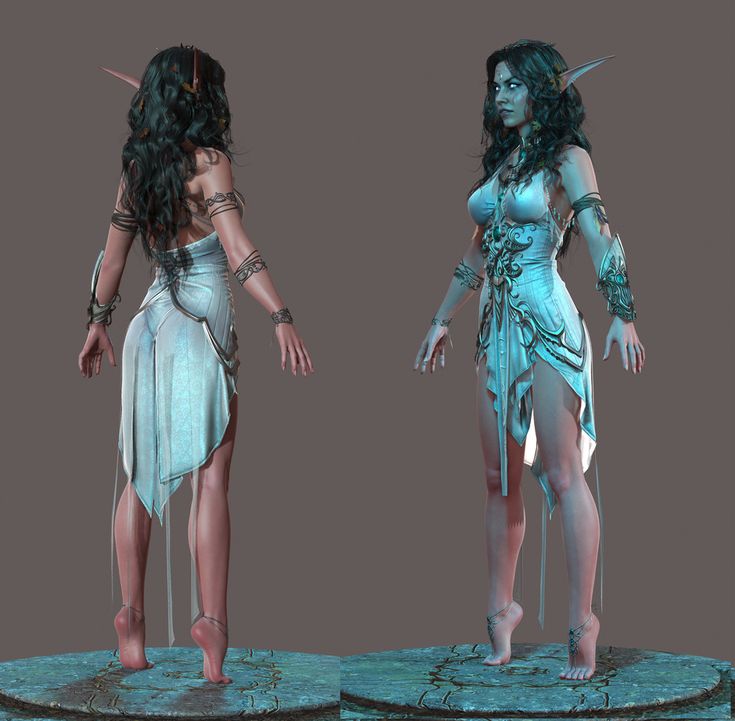 99
99
Optimized Print Size:
22.3 cm x 20.4 cm x 29.9 cm
8.78" x 8.03" x 11.77"
(15)
Jaina 3D Printing Figurine | Assembly
type WoW by Docik
$24.99
Size of Files: 989.95 MBOptimized Print Size:
19.5 cm x 18.4 cm x 33.7 cm
7.68" x 7.24" x 13.27"
(1)
Orc The Executioner 3D Printing Figurine | Assembly
type WoW by mirkoartemico
$24.99
Size of Files: 4544.42 MBOptimized Print Size:
36.8 cm x 29.2 cm x 46.2 cm
14.49" x 11.5" x 18.19"
(24)
Gul'dan 3D Printing Figurine | Assembly
type WoW by David Knight
$24.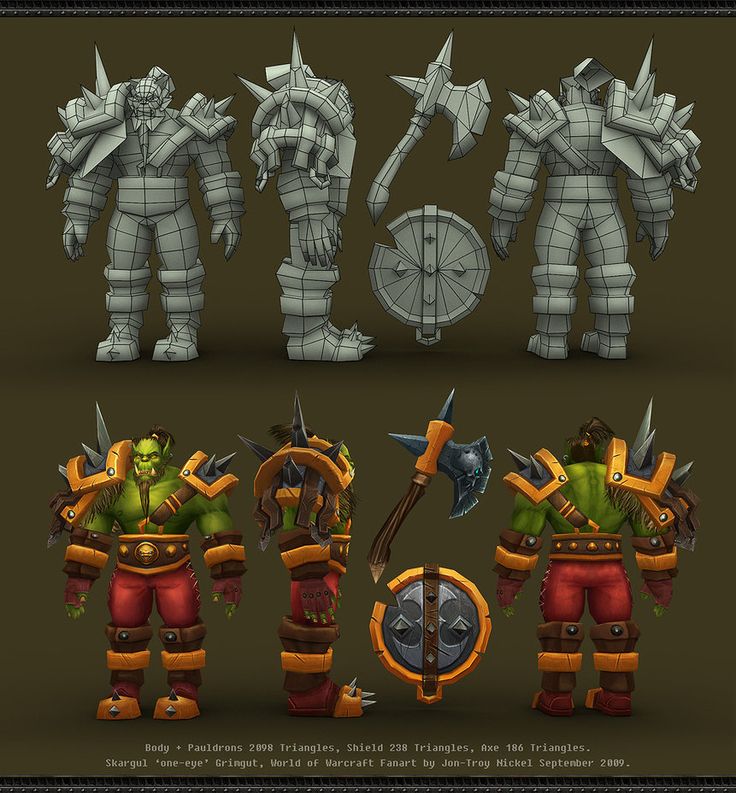 99
99
Optimized Print Size:
46.1 cm x 24 cm x 39.6 cm
18.15" x 9.45" x 15.59"
(19)
Wrath of the Lich King 3D Printing Figurine | Assembly
type WoW by David Knight
$24.99
Size of Files: 1281.44 MBOptimized Print Size:
24.9 cm x 24 cm x 41 cm
9.8" x 9.45" x 16.14"
(7)
Garrosh Hellscream 3D Printing Figurine | Assembly
type WoW by Docik
$24.99
Size of Files: 462.97 MBOptimized Print Size:
30.6 cm x 23.9 cm x 38.9 cm
12.05" x 9.41" x 15.31"
(9)
Lich King Lord Of Terror 3D Printing Figurine | Assembly
type WoW by Docik
$24. 99
99
Optimized Print Size:
26.9 cm x 26.7 cm x 29.5 cm
10.59" x 10.51" x 11.61"
(5)
Grommash Hellscream 3D Printing Figurine | Assembly
type WoW by Docik
$24.99
Size of Files: 84.01 MBOptimized Print Size:
18.3 cm x 13 cm x 19.3 cm
7.2" x 5.12" x 7.6"
(2)
Chieftain Durotan Bust 3D Model | Static
type WoW by David Knight
$12.99
WoW category showcases characters and their inventory from the renowned MMORPG games, such as World of Warcraft, Runes of Magic, Age of Conan, TERA and others. If you are a fan of the Fantasy World to which these heroes belong, you will certainly like to have them all in your 3D models collection. Now you have that chance! Go on and browse through the category and choose the character you are so attracted to.
Now you have that chance! Go on and browse through the category and choose the character you are so attracted to.
WoW 3D printable models
The goal we want to address by introducing this category of models on our platform is to make interesting and highly powerful characters available in the real world, where you can touch them, play with them and even give them as a nice surprise to your beloved ones, who are familiar with the video game universe. Being one of the most subscribed MMORPG videog ames in the online realm, our designers do their best to create highly unique, true to the game figures.
They spend a lot of time researching, finding out what users’ expectations are and transfer what they learn into reality. These high definition 3D designs for printing are the perfect addition to your evenings with your friends. You can create together your own game script, inventing and completing quests and interactive missions. Involve all your friends in the fantasy adventure, make them all envy the fun that you have with these amazing characters. Let your imagination go wild!
Involve all your friends in the fantasy adventure, make them all envy the fun that you have with these amazing characters. Let your imagination go wild!
Our designers offer the possibility to choose from such characters, as humans, dwarves, orcs or trolls. They are all created to the highest accuracy of details. You will definitely enjoy and like the result.
Make Your Own Fantasy with 3D Printing Characters
Now you are able to dive into the mysterious world of magic and endless adventure with these outstanding figures. We have opened the door to the amazing and mesmerizing world of the fantasy video game so that you can step into it at every time of the day. And if you are one of those passion-crazy fans, these 3D print designs are exactly the thing that you’ve been waiting for so long.
15 World of Warcraft Miniatures for 3D Printing
World of Warcraft is one of the most popular fantasy video games of all times.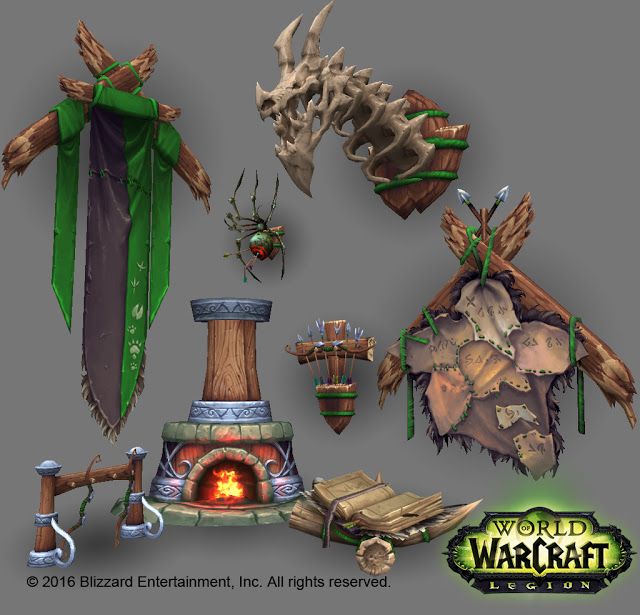 It tells the players a story about a made-up universe, where humans are not the only creatures who are conscious. Where there is magic. If you play th game, you’ll like these 15 Warcraft miniatures for 3D printing we found for you.
It tells the players a story about a made-up universe, where humans are not the only creatures who are conscious. Where there is magic. If you play th game, you’ll like these 15 Warcraft miniatures for 3D printing we found for you.
Thrall is one of the most famous WoW characters. Warchief of the Horde, he is much like other orcs. But, he is different at the same time. First, he threats foreigners with respect. He also shows great hospitality to his friends. He is noble, just like his father, Durotan, was.
And you can 3D print a figurine! Visit Thingiverse and download STL files.
2. Tauren Unit World of Warcraft MiniatureTaurens are a peaceful humanoid race. They are members of the New Horde and are friendly to orcs. This 3D printing miniature is based on fan-art, not a particular character. But you already know that the 3D printing real has no boundaries. Boost your creativity by 3D printing this highly detailed miniature.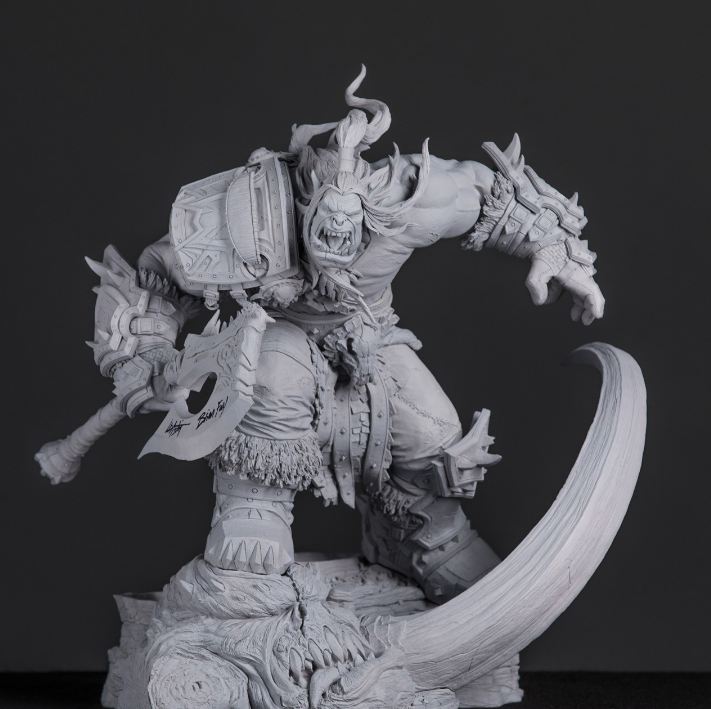
In the World of Warcraft, hammers are a really popular type of weapon. We think, there is no need in explaining why. You can 3D print one for yourself! We like this one because it is detailed and looks cool.
4. Muradin Bronzebeard World of Warcraft MiniaturesMuradin Bronzebeard is one of the chieftains’ of Dwarfs clan. They might not be tall, but they are still really good warriors. Muradin is not the exception. Though he was supposed to be dead or missing after years of wandering, he came back. Make sure you don’t lose his sight and 3D print the miniature of a brave dwarf. Find STL files here.
5. Female Human Paladin from WoWPaladins in World of Warcraft video game are guardians that protect justice. The representative of any race can become a paladin, but the most part of them are humans and dwarfs. They are great warriors who can fight with a weapon in both hands.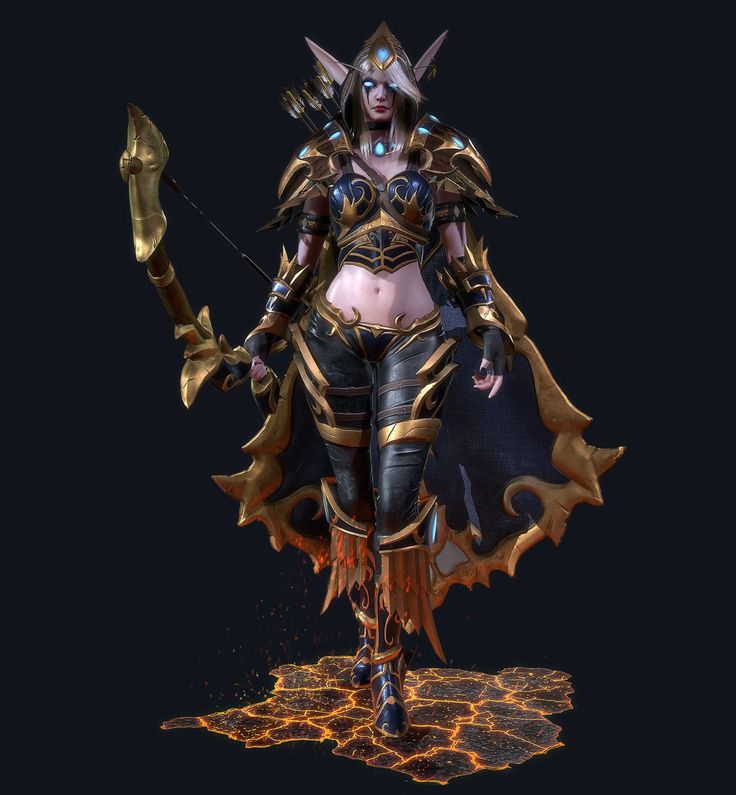 This female human paladin will complement your World of Warcraft miniatures collection. Click here to see more.
This female human paladin will complement your World of Warcraft miniatures collection. Click here to see more.
Rexxar is one of the most well-known heroes of Horde. He is half-ogre and half-orc, so he was never welcome by both full-blooded clans. But once he met Thrall, it changed his life. Keen warrior and hunter, he defended lots of Horde’s competitors. To 3D print one, download STL files here.
7. WoW Orc BustOrcs are one of the Azeroth’s races and actually the most prolific one. They have green skin and a scary look. Once all orcs’ clans united and created the Horde – one of the most powerful alliances. This particular bust of the video game character will make a great addition to your collection of the World of Warcraft miniatures. We found a highly-detailed model-representative of this race, click here to download 3D printing files.
8. Underlight Angler Artifact from World of WarcraftThis artifact elevated fishing in World of Warcraft to a new level.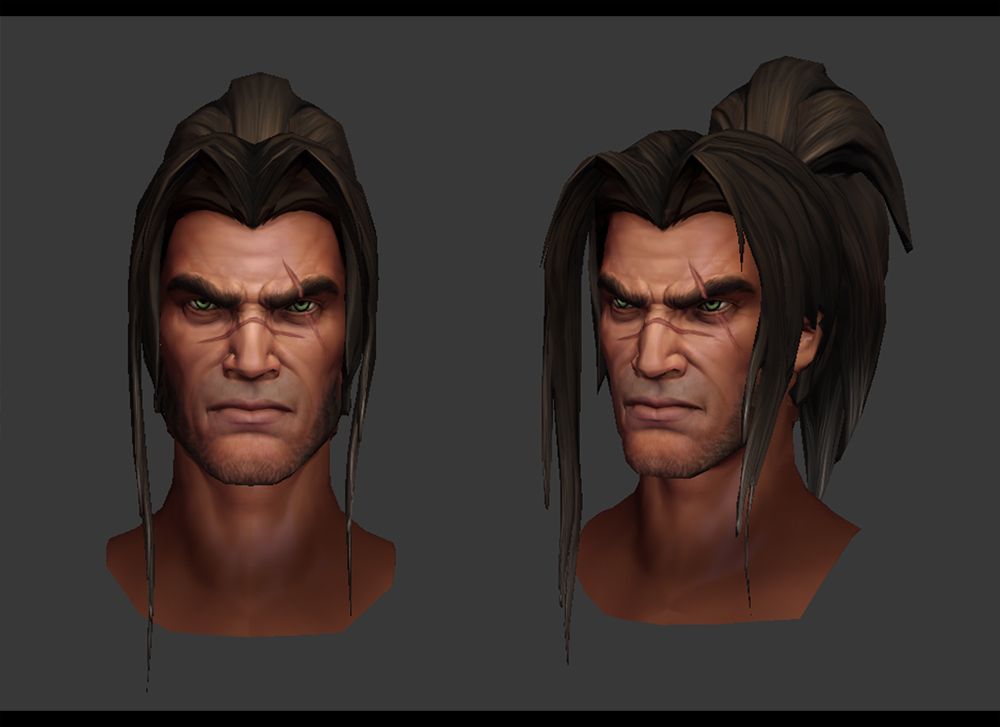 Great prop for cosplay. Find STL files here.
Great prop for cosplay. Find STL files here.
Chieftain of Frostwolf orcs’ clan, the character from whom the story it the game started. Fierce warrior on one hand and wise ruler on the other, he made a decision to join the Horde in order to save his clan but didn’t manage to save himself. Wanna 3D print one? Visit Gambody.
10. Lich King full-size suitHere is an awesome suit of Lich King for cosplay. It looks truly realistic and amazing. Feel the frost and power that come from it. Can you believe it is fully 3D printed? See more pictures here.
11. WoW Frostmourne Runeblade 3D Printed PropFrostmourne is the most famous runeblade of World of Warcraft. It belonged to Lich King and was capable to control his power. We’ve found this wonderful 3D printed one. It looks unbelievably realistic. By the way, it will be a perfect fit for the suit we’ve shared info about above.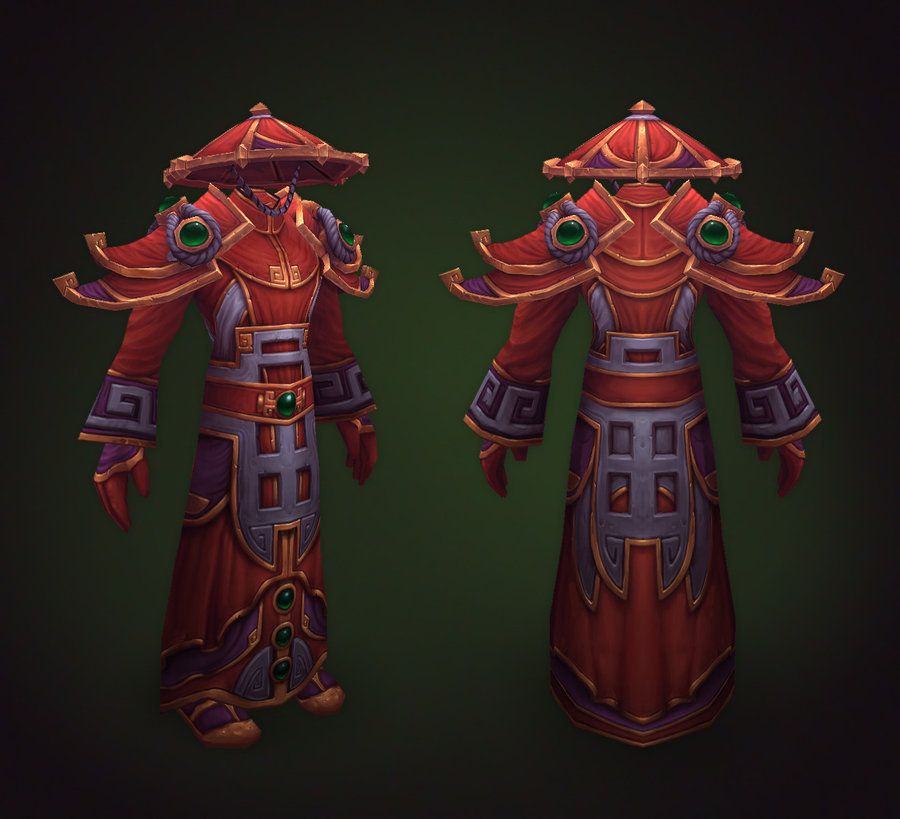 Read about the model and its maker here.
Read about the model and its maker here.
Powerful, deadly, terrifying – here are just some words Deathwing the Destroyer can be described with. Now you can 3D print a highly detailed one. Click here to see more.
13. The Lich King Miniature for 3D PrintingThe 3D printing World of Warcraft miniature of Lich King himself. The powerful telepath who rules over the Scourge from the frozen throne, he once obtained the body of Arthas – human warrior. That allowed him to get complete control over the army of undead. He terrified the Azeroth before Arthas was physically killed. Click here to see how you can come to possess one.
14. 3D printed WoW Gul’danGul’dan is the founder of the Horde. He is also one of the first orcish warlocks, who is experienced at dark magic.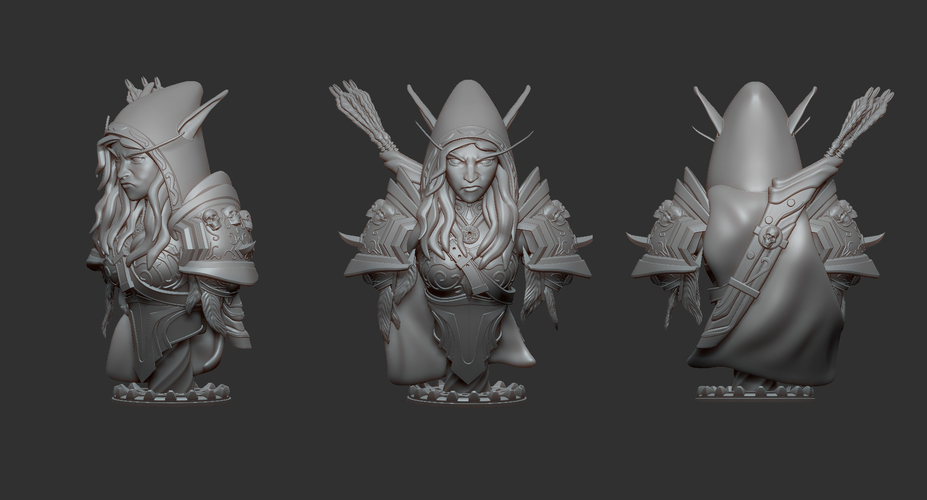 Though he was defeated one day, and his skull became a channeling totem for demonic energy. We found a 3D printed miniature of a living one, click here to look at it!
Though he was defeated one day, and his skull became a channeling totem for demonic energy. We found a 3D printed miniature of a living one, click here to look at it!
Dwarves are one of the main races in World of Warcraft. They are small, but brave and keen warriors. We’ve found an awesome design of the one dressed in his armor. He is definitely ready to go to the fight. Click here for more!
This is it for now. We hope these 15 World of Warcraft miniatures for 3D printing intrigued you enough to turn on your 3D printer. Check our blog next week for cool stuff from the 3D printing and video games communities.
(Visited 25,190 times, 1 visits today)
Author
A 3D printing website where users can buy and sell 3D printer files.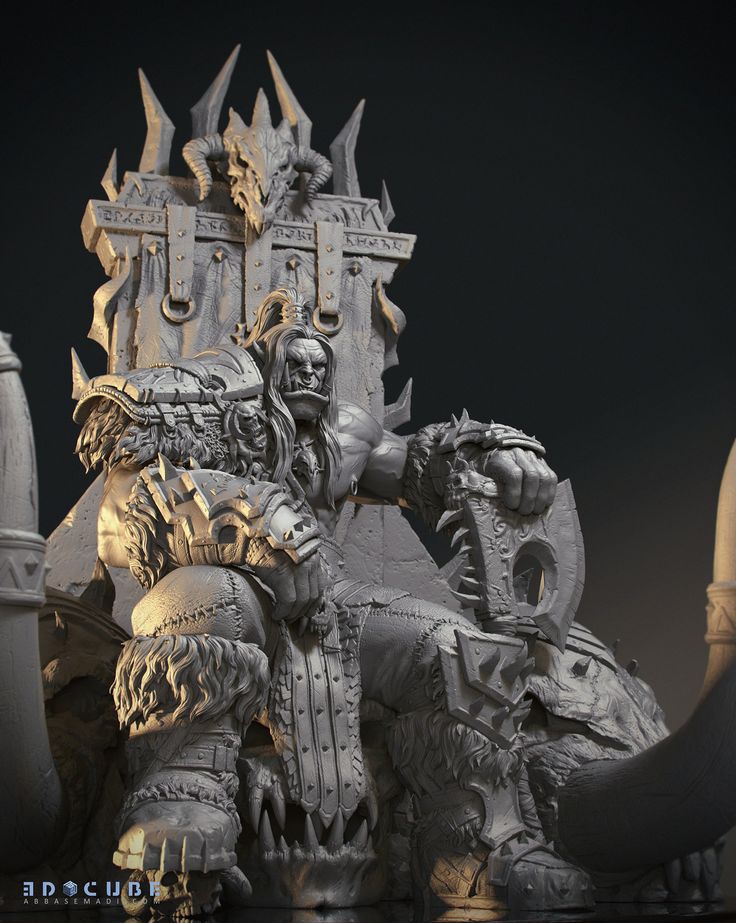
How to make money on 3D printing: an overview of promising niches
The heyday of 3D printing was in 2010-2015. Additive technologies have rapidly burst into the market, making possibilities that previously existed only in science fiction films a reality. Even the most pessimistic critics had no doubts that very soon approaches to the production and customization of goods will change dramatically.
However, the revolution did not happen. Mass-produced products are still mass-produced without the use of 3D printing, and the idea of moving production closer to the consumer has not been realized, despite billions of investments and the active participation of the world's largest players from various industries. What's the matter?
A global failure
In 2015, Amazon applied for a patent for using in-vehicle 3D printers to print ordered items at a nearby pickup location. A patent was obtained, but the idea was never implemented.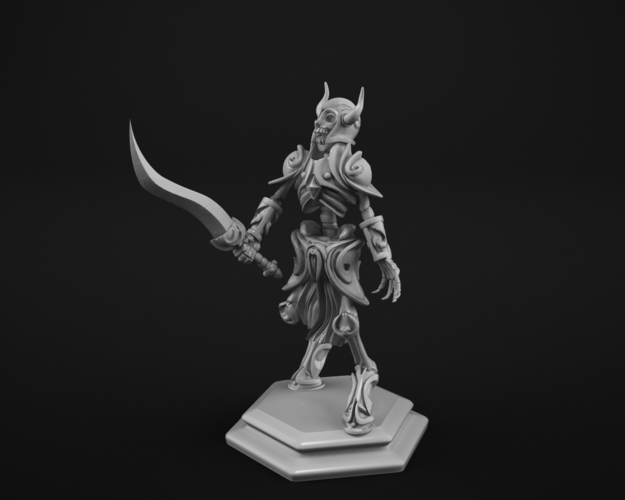
During the same period, UPS deployed 100 CloudDDM (now Fast Radius) start-up 3D printers to one of its logistics hubs in the United States to create full-cycle automated production.
The site could operate 24/7 under the control of just one operator. UPS resources made it possible to deliver manufactured goods to another continent the very next day. All conditions were created for the success of the project, but it also did not receive development.
Global retailers Tesco, Walmart and Carrefour tried to introduce 3D printing as a service, but they also stopped at the testing stage. Just like toy manufacturers Mattel, Lego and Toys "R" Us - with 3D printing projects.
New strategy
The lack of rapid and large-scale results excluded 3D printing from the list of hype topics, but did not kill the idea itself. The market got rid of the excess of those who want to change the world and become famous, clearing the way for those who really want to work.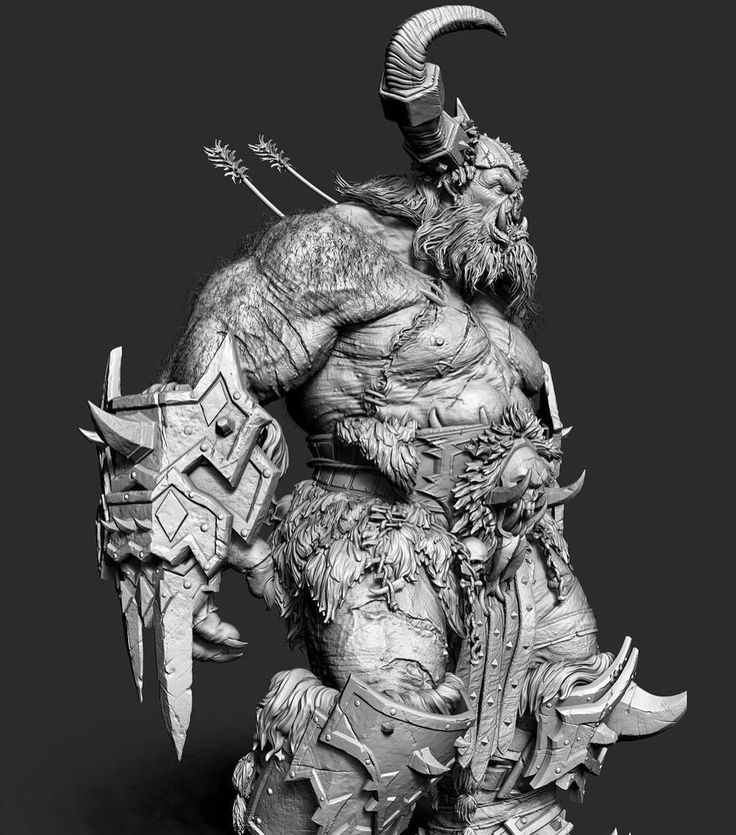
Over the past five years, favorable conditions have developed in the industry for the development of projects in the field of additive technologies.
To take advantage of the situation, the new wave of businessmen should abandon large-scale ideas and focus on narrow niches and specific customers. Of course, it does not sound as incendiary as the presentations of Amazon and Google, but it can bring real money.
This is exactly the path followed by the founders of Align Technology (USA), who created and patented the Invisalign dental alignment system with caps, having previously received FDA approval and a $140 million investment. In 2015, the company shipped 583.2 million 3D printed caps to customers and generated a net profit of $144 million at a 17% margin.
The success of the American startup was repeated by the Russian company 3D Smile, which uses 3D printing to produce removable transparent mouthguards for bite correction.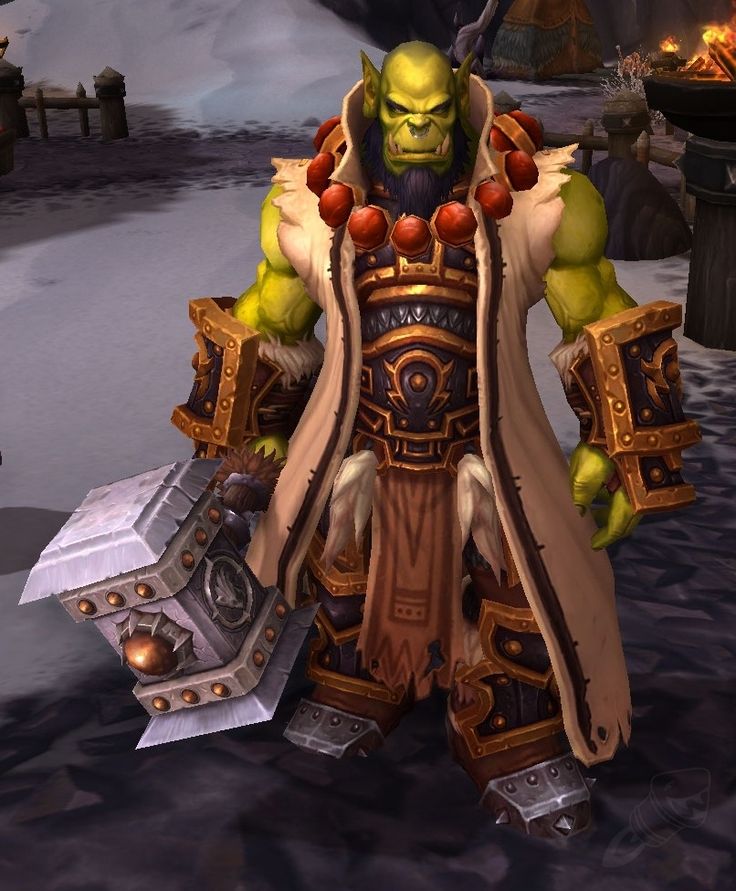 In terms of cost, they are comparable to braces, but much more convenient to use. In August 2014, 3D Smile was certified by Roszdravnadzor, launched sales in October, and reached operating profit in December.
In terms of cost, they are comparable to braces, but much more convenient to use. In August 2014, 3D Smile was certified by Roszdravnadzor, launched sales in October, and reached operating profit in December.
SOLS (USA) raised $23.7 million in investment and implemented 3D printing technology for custom-made orthopedic insoles. The service was tested in partnership with 50 orthopedists, from whose patients up to a hundred orders were received per week. At the launch stage in 2014, the cost of a pair of personal insoles was 300-500 dollars (for analogues in pharmacies, you had to pay 500-1000 dollars). Two years later, they managed to reduce the price to $ 99 per pair and increase the flow of orders many times over.
Several Russian projects have been successfully launched in a similar niche. The most famous of them is the Motorika children's traction prostheses, which have now evolved into bioelectric prostheses with built-in gadgets.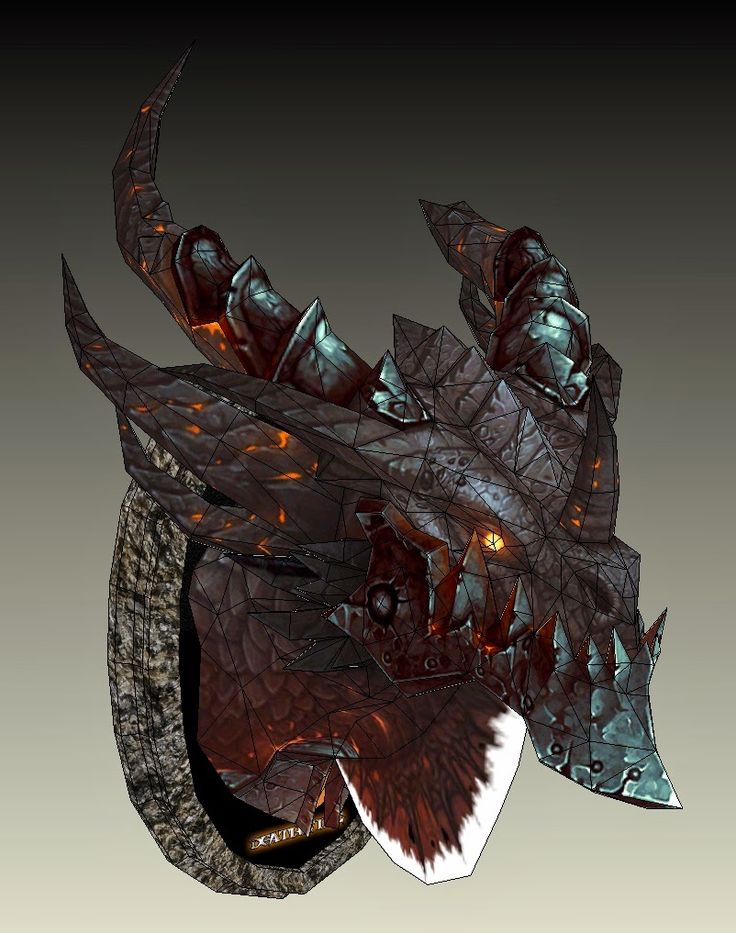 The company's turnover for 2018 is about one million dollars.
The company's turnover for 2018 is about one million dollars.
We can also mention the Zdravprint service - 3D printing of individual orthoses that replace plaster and its alternatives, as well as used in complex fractures after plaster removal. They are printed on a custom printer. At the product creation stage, the founders invested $50,000 in the project, and then raised another $100,000 from Maxfield Capital venture fund.
Not a single print
Not only manufacturers of goods, but also equipment sellers make money on the wave of popularity of 3D printers.
After the expiration of the first patents, the price of the printer dropped from $20,000 to $2,000. This was taken advantage of by several Russian companies, which now make up the main pool of sellers of such equipment.
Each manufacturer has developed its own technological solution with unique elements, which helped to divide niches and not create heat in the competitive field.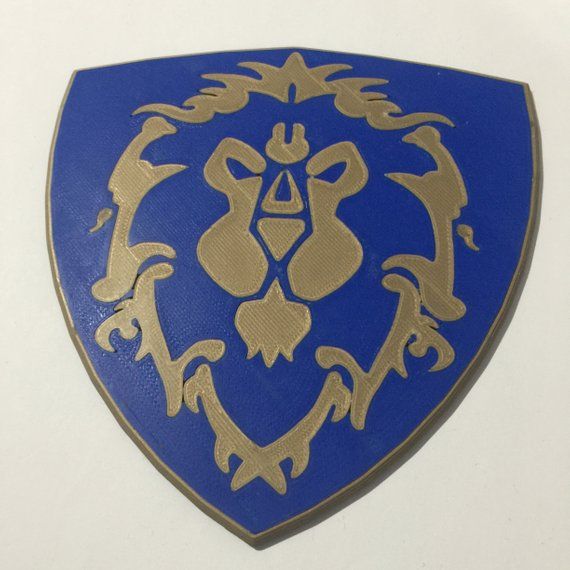
One of the first manufacturers in the Russian Federation was PICASO 3D, ApisCOR created the first really working construction 3D printer, 3D SLA is responsible for printing metal products.
There are also desktop 3D printer vendors on the market (TOP 3DSHOP, 3D REP) that rely on import and distribution. In addition, they are engaged in 3D modeling and custom printing, and offer CNC machines and robotic systems.
For new players, the entrance to a clearly segmented business that operates in each of the listed niches is still open. At the same time, to start, it is not necessary to have a unique technology or idea, it is enough to identify your client and focus on demand.
In addition, there are a sufficient number of empty niches on the market that you can enter and work in.
Open niches
Jewelry
The jewelry market is stagnant, buyers are increasingly trying to save money and get an interesting design, so they choose jewelry not from gold, but from silver, as well as bijouterie.
Manufacturers are responding by reducing the weight of precious metals and introducing cheaper substitutes into the range.
3D printing gives the market the missing element - personalization of jewelry.
This allows you to "drop" the cost of production under the order, reduce lead times and meet real demand. There is no need to invent technology, any jewelry shape can be easily found on the Internet and adapted in a 3D editor.
Characters and artifacts for gamers
3D printing of game artifacts or characters (Warcraft, DotA, GTA) is an interesting and promising niche, not just printing children's toys.
In the USA there are examples of cases with high sales volumes. For example, the WhiteClouds company offers fans and lovers of computer games to create a personalized figure of their favorite game character.
The demand from gamers for such products is stable and will grow.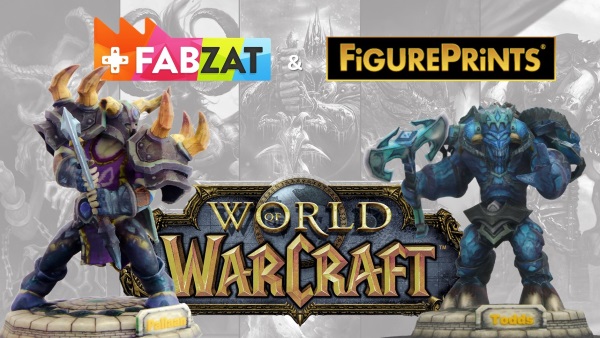 According to Newzoo forecasts, this solvent audience will reach 28.2 million people by the end of 2019. And most of them like the idea of printing out their sword, armor, or an entire character from the game.
According to Newzoo forecasts, this solvent audience will reach 28.2 million people by the end of 2019. And most of them like the idea of printing out their sword, armor, or an entire character from the game.
Orthopedics
In Russia, this niche is practically not occupied. Individual players are engaged in insoles and orthoses, however, this market is much wider and includes everything that is made of plastic, rubber, requires a certain level of rigidity and individual settings.
Today, the main sellers of such goods buy them in bulk from China. The use of 3D printing will help to abandon this in favor of small-scale production on site on demand. The result is cost savings, simplification of logistics, and an increase in turnover. For the client, this is an opportunity to quickly, right at the medical center, get what the doctor has prescribed. No need to search, order and wait.
There are successful cases in this market, they can be studied and “tried on” for other groups of orthopedic products.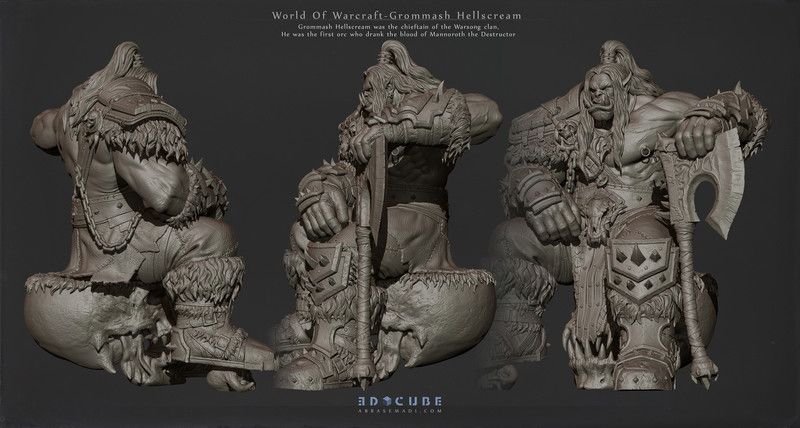
Auto Parts
3D printing of automotive parts is an idea that has been successfully implemented by a number of companies in the US. Moreover, we are not talking about the nodes of running systems, but about simple spare parts that constantly break down.
Door handles, sun visors and blinds, disk covers are all products of steady demand. They can be printed on a 3D printer, make a markup of 400-500%, and at the same time successfully compete with official dealers who are not interested in selling "trifle".
Owners of used cars often look for such parts at dismantling sites, since it is not possible to order a new one or the price is not acceptable. The range can be expanded with plastic elements for tuning and car customization.
Also, 3D printing can be used in auto tuning and more globally. For example, the RingBrothers company is engaged in the creation of unique "custom" cars.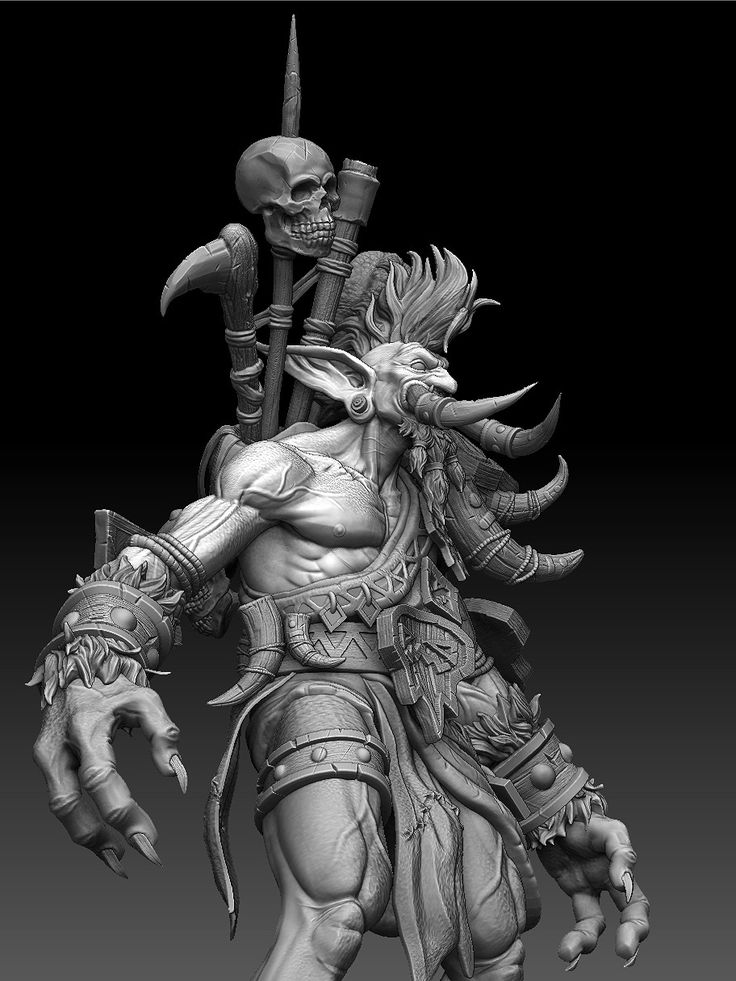 At some point, the team decided that it was too expensive to constantly make metal parts, figure out how they would look on the car, and then make a new version. Therefore, I began to use 3D printers to create cheaper prototypes.
At some point, the team decided that it was too expensive to constantly make metal parts, figure out how they would look on the car, and then make a new version. Therefore, I began to use 3D printers to create cheaper prototypes.
Another example is the collaboration between MINI (BMW) and Belgian personalization software provider Twikit. The automaker has brought in Twikit so that car buyers can use the platform to create their own interior and exterior elements using 3D modeling. These models were sent to BMW's additive manufacturing center, where customer-designed parts are 3D printed and then integrated into the ordered car.
Manufacture of consumables
A fairly simple business that requires one Chinese machine and a pack of plastic in granules to start. The output is a filament for 3D printing, a product needed by a wide range of consumers.
Now the market is at a stage where even major players do not have their own production of consumables, so you can not only make money on startups, but also get a flow of orders from stable customers.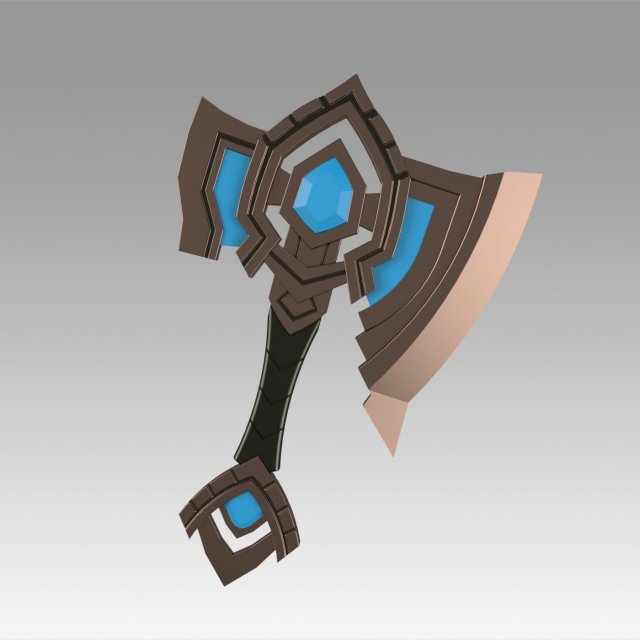 The economics of such a project is clear to both business and investors, and the simplicity of the idea makes it convenient for resale. The main thing is that the 3D printing market develops, and there are all conditions for this.
The economics of such a project is clear to both business and investors, and the simplicity of the idea makes it convenient for resale. The main thing is that the 3D printing market develops, and there are all conditions for this.
Text and cover photos: Unsplash
How 3D printing is changing the world According to the CONTEXT research group, the 500,000th 3D printer was shipped in 2015, and by 2017, about a million devices had been sold. 3D printing is already being introduced as a manufacturing technology. For example, in 2016 the company
General Electric began selling aircraft engines with 3D printed fuel injectors. Atlas-5 rockets with parts printed with the same technology were launched into space. Under Armor and New Balance have launched small batches of partially 3D printed athletic shoes, while Organovo has launched commercial bioprinting of human kidney tissue. So far, this is just the foundation.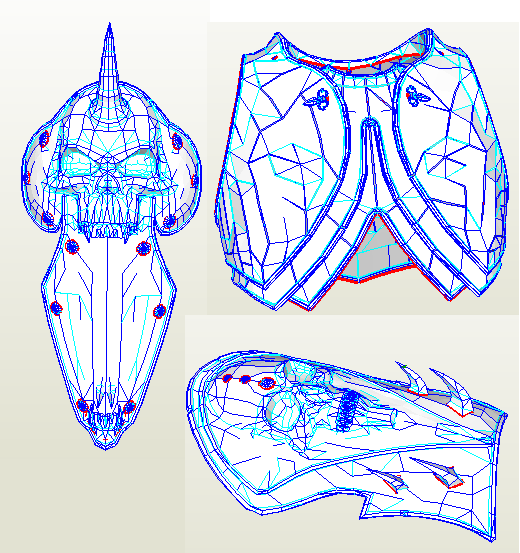 Throughout the history of mankind, there have been many technological revolutions, each of which went through three phases. 9 comes first0135 "conceptualization" when visions and ideas are formed that determine the future path. Then "realization" , during which previously seemingly impossible plans begin to be partially realized. And the third phase - "mass commercialization" when enterprises master the production and application of new technology.
Throughout the history of mankind, there have been many technological revolutions, each of which went through three phases. 9 comes first0135 "conceptualization" when visions and ideas are formed that determine the future path. Then "realization" , during which previously seemingly impossible plans begin to be partially realized. And the third phase - "mass commercialization" when enterprises master the production and application of new technology.
And what phase is 3D printing in? The use of a 3D printer to turn a digital file into a physical object is already widespread. For example, in such areas as engineering, law, economics, business, geography and art. There is already debate about the implications of exchanging digital objects over the Internet to print them out immediately on a printer (let's say a firearm). Clearly, we are far from the day when personal 3D printers put an end to capitalism by placing production in the hands of the majority.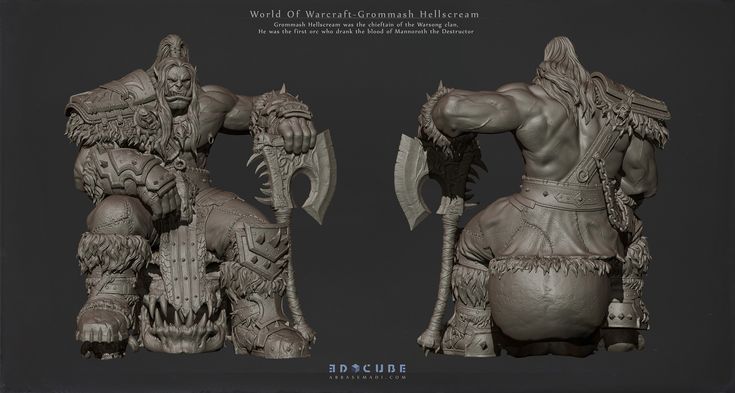 However, there is no doubt that the 3D printing revolution has reached its second phase, implementation.
However, there is no doubt that the 3D printing revolution has reached its second phase, implementation.
By this time, enough methods have been invented to make solid objects by printing them in many thin successive layers. In fact, the most common 3D printing technologies have been around for decades.
Although the technology continues to evolve, I will assume that the last revolutionary phase - mass commercialization - is about ten years away. The pioneers of 3D printing are already using it to make a wide variety of things. However, this market is still niche and limited in commercial applications. In particular, these are companies that are engaged in small-scale, piece production or goods that cannot be manufactured using traditional methods.
Notwithstanding the above, we must remember that ten years ago, no industry sector reported selling products entirely or partially made with a 3D printer. So what is happening now is impressive. As 3D printing techniques evolve and new ones emerge, and old processes become faster and cheaper, we can expect 3D printing to move closer to a mass commercialization phase in the late 2020s or early 2030s. Innovators in the field plan to take advantage of the technology long before that.
Innovators in the field plan to take advantage of the technology long before that.
3D printing technology
How does 3D printing work? To a large extent, it is an evolution of 2D printing, already used ubiquitously in offices and homes.
Most of us are familiar with inkjet or laser printers that allow you to print documents or photos. They create them by controlling the application of ink or toner to the surface of a sheet of paper. Similarly, 3D printers produce objects by controlling the placement and adhesion of successive layers of "building material" in 3D space. For this reason, 3D printing is also known as Additive Layer Manufacturing (ALM) or "additive manufacturing" ( AP or AM - Additive Manufacturing).
To print an object on this printer, you need a digital model on your computer. It can be created using a computer-aided design (CAD) application or other 3D modeling software. Also, a digital model can be captured by scanning a real object with a 3D scanner and processing with CAD or other programs.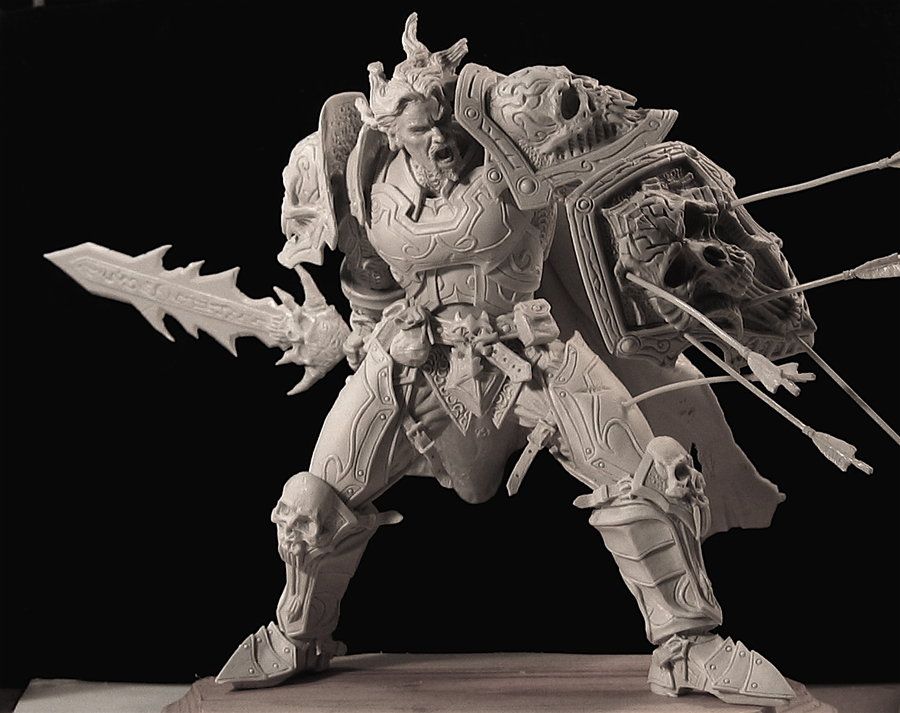
The model must then be run through yet another "slicing" program that will cut the digital object into multiple cross-sectional layers - typically around 0.1mm thick. These digital ribbons are sent to a 3D printer, which makes them one on top of the other until a real object is formed.
3D model in CURA-a popular open-source cutting program
The same model prints the table 3D printer Ultimaker
9000 The finished toy
draws an object one layer at a time, depending on the technology it's built on. There are many 3D printing methods and they can be divided into 4 categories.
- The first category includes printers that create objects by extruding molten semi-liquid material from a print head nozzle. Most often it is thermoplastic that quickly hardens when it leaves the print head. Other extrusion-based 3D printers produce objects by extruding molten metal or chocolate icing (for printing culinary creations).
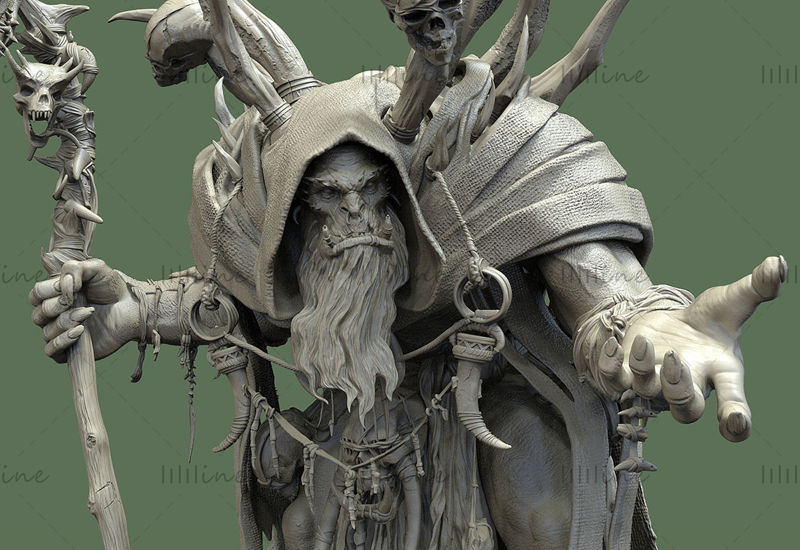 There are also printers that use concrete, ceramic paste or clay.
There are also printers that use concrete, ceramic paste or clay. - The second category of 3D printers creates layers of objects by selectively solidifying a liquid resin, known as "photopolymer" , which cures when exposed to a laser or other light source. Some of these machines create layers of objects inside a reservoir of liquid. Others release a layer of resin from the print head and use UV light to cure it before applying the next layer. There are devices that mix several different photopolymers in one print job, which allows them to output color objects made from several materials. In particular, one of these printers is J750 by Stratasys - offers a palette of 360 thousand shades and can make objects from a mixture of different materials.
- The third and most common category of equipment is layering by selectively bonding very fine powder granules. This "granular bonding" is achieved by applying adhesive to powder layers or by melting the granules with a laser or other heat source.
 There are many types of powder adhesion based on various materials. These include nylon, wax, bronze, stainless steel, cobalt chromium and titanium.
There are many types of powder adhesion based on various materials. These include nylon, wax, bronze, stainless steel, cobalt chromium and titanium. - The latest category of 3D printer is built on lamination . Successive layers of cut paper, metal, or plastic are glued together to form a solid object. If sheets of paper are used as a building material, they are cut with a blade or laser, then glued together. They can be sprayed with ink during the printing process to create inexpensive, full-color 3D objects.
Market and application
3D printing is used for prototyping, mold making, digital direct manufacturing and custom manufacturing. Suppliers of 3D printing hardware, software and materials are already serving the needs of various market sectors. And now we will look at these areas of application to understand how 3D printing technology is developing.
Rapid Prototyping
Most often, 3D printers are used for rapid prototyping (RP - Rapid Prototyping). This includes concepts and functional prototypes. Concepts are simple, non-functional "drafts" of product design (such as a bottle without a removable cap) and are intended to allow artists to recreate their ideas in a physical format. Functional prototypes, on the other hand, are more complex and allow you to evaluate the form, fit, and function of each part of a product before putting it into production.
This includes concepts and functional prototypes. Concepts are simple, non-functional "drafts" of product design (such as a bottle without a removable cap) and are intended to allow artists to recreate their ideas in a physical format. Functional prototypes, on the other hand, are more complex and allow you to evaluate the form, fit, and function of each part of a product before putting it into production.
Functional prototypes and concepts were created before the advent of 3D printers using laborious methods and tools. Therefore, their production often takes many days, weeks or even months, and the cost is thousands or tens of thousands of dollars. 3D printers can create concepts and functional prototypes in days or even hours, and at a fraction of the cost of traditional fabrication methods. Examples from this industry include concept cars for Formula 1.
In addition to saving time and money, printing prototypes allows improved products to be brought to market, as designs usually go through many iterations.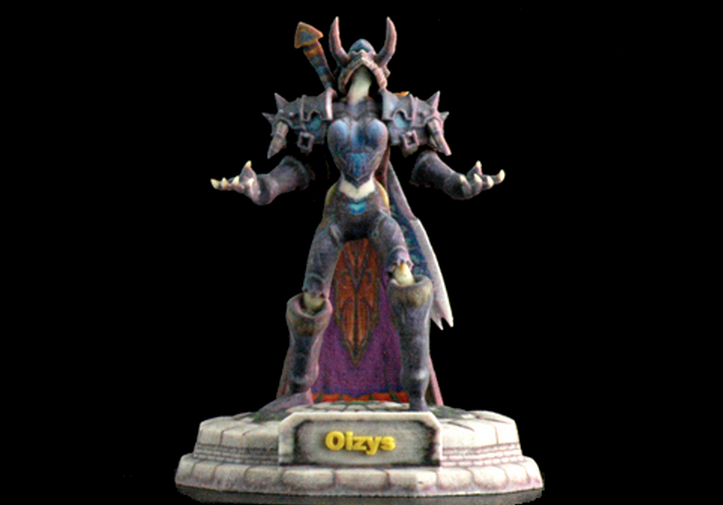 For example, thermos maker Thermos uses Stratasys 3D printers to produce prototypes in hours, not days, at a fifth of the cost of production from an external supplier. Because designers can now “create as many prototypes as needed,” the company has been able to fine-tune product features such as lid retention and ease of pouring.
For example, thermos maker Thermos uses Stratasys 3D printers to produce prototypes in hours, not days, at a fifth of the cost of production from an external supplier. Because designers can now “create as many prototypes as needed,” the company has been able to fine-tune product features such as lid retention and ease of pouring.
3D printing technology in color in various materials and metals continues to evolve, so the range and quality of products, including their components that can be quickly prototyped, continues to increase. So the company Nano Dimension demonstrated a desktop 3D printer - DragonFly 2020 , which can produce functional PCB prototypes. This equipment uses inkjet technology to output highly conductive "nano-ink" and can produce multi-layer boards, including all connections between layers. At a time when many companies wait days or weeks to get a prototype board from an outside vendor, the machine will print it in a matter of hours.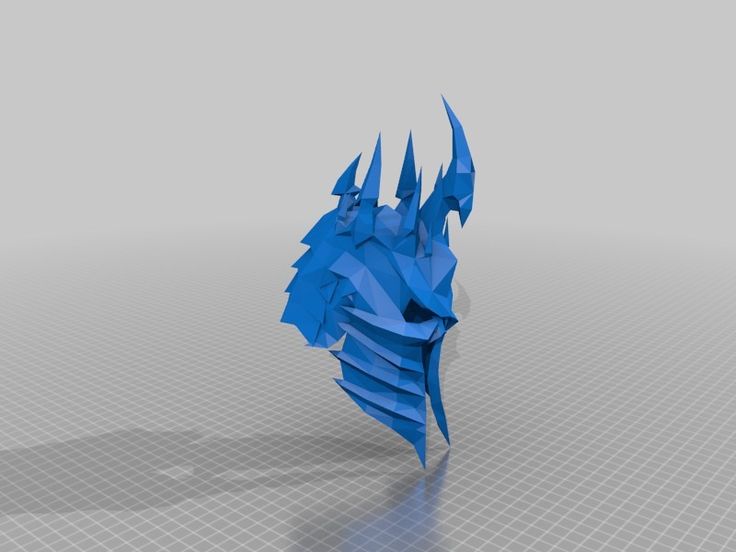
Molds and other manufacturing tools
In addition to prototypes, 3D printers are used to make molds and other fixtures for manufacturing equipment. A mold is needed in order to cast metals or plastics in it. Like prototypes, molds have traditionally been made by hand. Therefore, the use of 3D printers can save time and money for large manufacturers. For example, by using Stratasys' Fortus printers, automotive giant Volvo Trucks of Lyon, France has reduced the time it takes to manufacture some engine components from 36 days to 2.
In August 2016, the American Oak Ridge National Laboratory 3D printed a 5.34 x 1.34 x 0.46 m trimming and drilling tool for Boeing. It is used in the construction of passenger aircraft, and was printed from carbon fiber reinforced plastic in about 30 hours. Previously, the production of such a part would take three months. As Boeing's Leo Christodoulou explained, “Additive manufacturing tools like the wing trim tool will save energy, time, labor and manufacturing costs.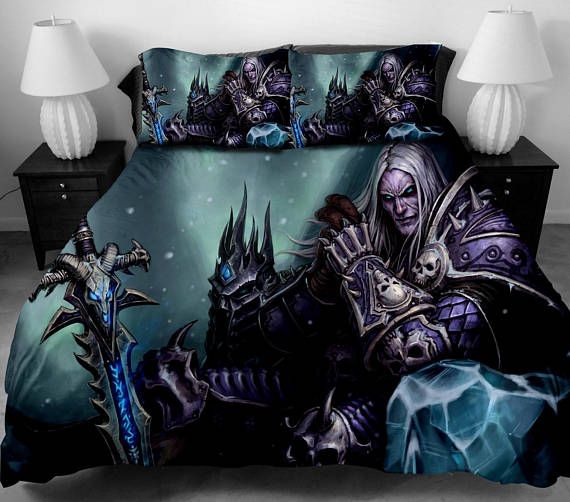 They are also part of our strategy to apply 3D printing technology to manufacturing areas.”
They are also part of our strategy to apply 3D printing technology to manufacturing areas.”
Another promising application is the production of molds used for casting metals. 3D printers are capable of producing the required shapes, as well as any additional rods needed to be placed inside them. The process is carried out by applying thin layers of foundry sand, which are held together with a binder. The resulting 3D printed mold is sent to the foundry, where molten metal is poured into it to produce the finished product.
ExOne is one of the companies specializing in the production of 3D printers for additive manufacturing using foundry sand. By 3D printing molds and foundry sand cores, manufacturers can not only save time and reduce costs, but also improve accuracy and mold more complex parts, the company says. This is because 3D-printed shapes and rods do not require post-processing, which could damage them.
Core molded from ExOne 3D printer
3D printers can also be used to make molds that are needed for injection molding plastic parts. Such molds typically cost tens of thousands of dollars and are traditionally made of aluminum. Technically, a 3D printer can already make aluminum die casting molds using metal powder. But nowadays printers make such molds from resin using photopolymerization. Plastic molds are not as durable as their aluminum counterparts. But they are cheaper, faster to produce, and can be used to make up to 200 plastic parts before replacement is needed.
Such molds typically cost tens of thousands of dollars and are traditionally made of aluminum. Technically, a 3D printer can already make aluminum die casting molds using metal powder. But nowadays printers make such molds from resin using photopolymerization. Plastic molds are not as durable as their aluminum counterparts. But they are cheaper, faster to produce, and can be used to make up to 200 plastic parts before replacement is needed.
Bi-Link , based in Bloomingdale, Illinois, 3D prints low-volume injection molds. It manufactures parts for electronics and medical device manufacturers around the world. The ProJet 3500 HD Max printer from 3D Systems creates a form in hours instead of weeks. As Director of Research and Development Frank Sieberna said: “Customers are delighted with this service. Previously, you had to wait two or three weeks to get just the tools - not to mention the test parts. The ProJet 3500 HD Max can produce four different designs for a single customer in six days, shipping 10-12 parts per iteration overnight.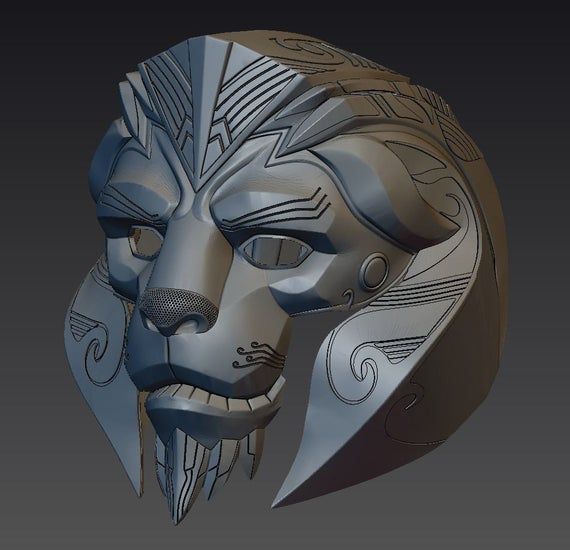 ”
”
Some companies are building machines that can print objects from wax (or wax substitutes) to create investment casting molds. The wax object is 3D printed, then molded around it using a material such as plaster. After the form is heated, as a result of which the wax “burns out” and flows down. Molten metal or other liquid material is then poured into the mold to create the finished product. The use of 3D printers to create wax models is quite common in the jewelry industry and other industries that specialize in complex and expensive items. Like injection molds, wax samples are consumable because the process of creating the finished product causes them to break.
Digital direct manufacturing
In several niche markets, 3D printers are already being used to produce finished industrial components and even consumer products. This development is referred to as "Direct Digital Manufacturing" (DDM - Direct Digital Manufacturing) and is becoming increasingly popular, for example, in aviation. Airbus and Boeing are installing tens of thousands of 3D printed components for their aircraft.
Airbus and Boeing are installing tens of thousands of 3D printed components for their aircraft.
Other DDM industries include automotive, medical, jewelry, and footwear. One of the leading pioneers is Nike. According to COO Eric Sprank, the company "has made a number of breakthroughs in design and manufacturing through 3D printing that will enable the creation of an entirely new custom shoe cushioning system." To this end, Nike is building an "Advanced Product Creation Center" covering approximately 11,000 square meters to house 3D printing and other design and manufacturing technologies.
It is quite possible that in the future everything will be made using a 3D printer, including even human organs. This is most noticeable in dentistry: wax models, orthodontic applications, fittings, surgical guides and veneer models are now 3D printed.
In addition to the creation of inorganic prostheses, there are "bioprinters" that build up human tissue, laying down layers of living cells. Such technology could revolutionize the medical field, for example by cutting the queues in organ donation. Company Organovo , a bioprinting pioneer, already sells printed liver and kidney tissue for use in drug testing.
Such technology could revolutionize the medical field, for example by cutting the queues in organ donation. Company Organovo , a bioprinting pioneer, already sells printed liver and kidney tissue for use in drug testing.
In addition to bioprinting tissues outside the body, bioprinting on the body or inside a wound is already under development. It involves printing layers of cultured cells directly onto the wound or even inside using keyhole surgery techniques. When such technology becomes advanced enough, the patient simply needs to insert an instrument into the wound, which will remove the damaged cells and replace them with new ones. These instruments will even be able to heal the wound caused by their introduction.
Individual production
In parallel with the growth of industrial 3D printing, there is an increase in individual production. These are all situations when an entrepreneur prints his own things on a 3D printer, bypassing the launch of production at a remote factory.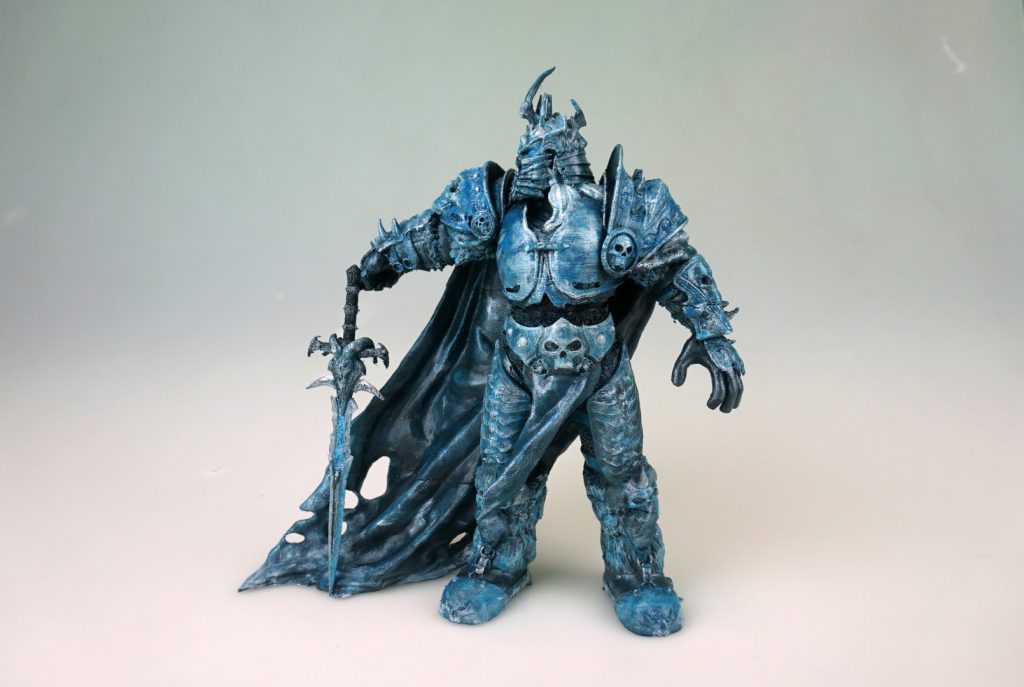 There are already several hundred professional 3D printers on the market starting at $230.
There are already several hundred professional 3D printers on the market starting at $230.
In addition to the growing number of personal machines, there is a growing number of free and paid 3D models that can be downloaded for printing. On resource Thingiverse hosts over a million free models - some of them can be customized to the user's requirements. It is possible that the provision of such content will become the foundation for mass personal production, as it will eliminate the need for creative and engineering skills.
Currently, personal and professional 3D printers are limited in their ability to use thermoplastics or composites, as well as photopolymer resins. Therefore, the range and quality of products that can be manufactured on such equipment remain low. At the same time, an increasing number of cloud-based 3D printing services, such as Shapeways and i.materialise allow anyone to upload a 3D object to be printed on industrial equipment. It is likely that access to such a service – rather than the sale of personal 3D printers – will be the driving force behind the DIY revolution over the next five to ten years.
It is likely that access to such a service – rather than the sale of personal 3D printers – will be the driving force behind the DIY revolution over the next five to ten years.
If the majority of people start making the products they need on their own, this will have a serious impact on many industries. Parts companies are already wary of the threat of mass-produced personal items. The representatives of the transport and logistics sectors are afraid of the same, because this will change the demand for their services.
In 2014, the IBM Institute for Business Value published a report highlighting four futures for custom manufacturing. And now we will briefly get acquainted with it.
- Two unknowns are the speed at which 3D printing technology will advance and the willingness of consumers to embrace custom production. If technology advances slowly and consumers don't embrace 3D printing at home, then we'll see "quiet revolution" with gradual changes.

- There is also an alternative: technology is developing slowly, but consumers want to become producers - then we are waiting for "production revolution" , when more and more necessary things will be made by small entrepreneurs.
- Another option is that 3D printing technology will make a breakthrough, but consumers will leave it behind - then such printing will become the main technology in industrial production, and will not have a big impact on the consumer market.
- And the last turn of events: 3D printing is developing rapidly, and consumers are actively using it - then we will witness "rethinking consumption" . This means merchants large and small offering 3D printed products at your request. There will also be a lot of people "printing" in their homes, garages, kitchens or offices and hangars.
My guess is that consumer involvement in 3D printing will grow as technology improves, but at a slower pace.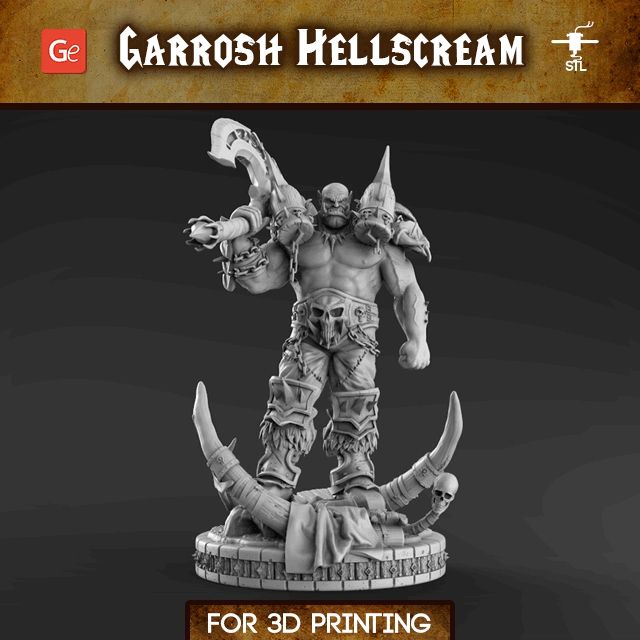 This means that over the next few decades, we will gradually move from a “quiet revolution” to a “manufacturing revolution” and then to a “consumer rethinking”.
This means that over the next few decades, we will gradually move from a “quiet revolution” to a “manufacturing revolution” and then to a “consumer rethinking”.
The development of the 3D printing industry
There are different segments of the 3D printing market, and they are at different stages of development. The very first 3D printers began to make prototypes in the late 1980s, and the use of printing to create molds did not begin until a few years after that. Long before the early 2000s, the first finished products and works of art printed using this technology appeared. Finally, customization only became possible in 2007 with the introduction of the first "open source" 3D printers that private individuals could afford.
I estimate that half of all prototypes will be 3D printed by 2025. However, 3D printing is not the only rapid prototyping technology. There are cases where traditional methods are better suited for prototyping. It is inconceivable that inventors would stop sculpting things out of clay, wood, paper, metal, and everything else that is available in their kitchens, studios, labs, workshops, and sheds.
In terms of 3D printing of molds and manufacturing tools, this market is currently lagging behind rapid prototyping, but will very soon become the mainstay of additive manufacturing. I assume that it will take at least a decade to saturate it. After talking with manufacturers of industrial 3D printers, I was convinced of this. In most industries, 3D printing of molds and other tools represents the biggest market opportunity.
In digital direct manufacturing, this is just starting to happen, although it is currently a very niche activity. However, in the next ten years or so, many industries, primarily aerospace, automotive, healthcare, fashion, footwear and designer goods, will use 3D printing as one of their core manufacturing technologies. This will allow you to create completely new types of products and attract media attention. And even so, in 10 or 20 years, the vast majority of objects in our lives will still be produced by traditional methods.
Likewise, for decades to come personal items will be a niche market in both the 3D printing industry and global manufacturing. Currently, no more than 10% of the 3D printing industry's revenue comes from the sale of personal printers. Many of these machines are sold to companies rather than individuals. But this does not mean that the sale of personal equipment for home use does not represent a market opportunity.
Currently, no more than 10% of the 3D printing industry's revenue comes from the sale of personal printers. Many of these machines are sold to companies rather than individuals. But this does not mean that the sale of personal equipment for home use does not represent a market opportunity.
It can be argued that home production will not be the driving force behind the 3D printing revolution - and many in the industry agree. However, I will look forward to 3D printers in 9$9 that will be able to make small plastic items based on a model sent from a tablet or smartphone.
Making new products in new ways
Like the Internet revolution that preceded it, 3D printing is enabling companies and individuals to achieve the previously impossible. And the reason is not only in the creation of prototypes and old things in new ways. It does so in line with new business models. Let's outline these key benefits.
Single and small batch production
With traditional methods, single and small batch production is expensive and often prohibitive.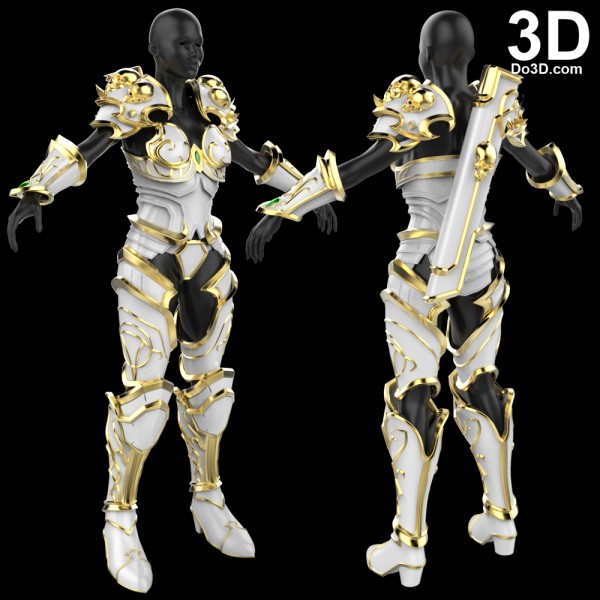 When things are printed on a printer, there is practically no difference in cost per unit - that is, it does not matter if 1, 100 or 1000 copies are required, since there are no costs for tools and workers. Therefore, in many situations where a few hundred or fewer components are needed, 3D printing will be the most economical way. It is for this reason that 3D printing is so widely used in rapid prototyping and is increasingly used in the production of molds and other tools.
When things are printed on a printer, there is practically no difference in cost per unit - that is, it does not matter if 1, 100 or 1000 copies are required, since there are no costs for tools and workers. Therefore, in many situations where a few hundred or fewer components are needed, 3D printing will be the most economical way. It is for this reason that 3D printing is so widely used in rapid prototyping and is increasingly used in the production of molds and other tools.
Jay Leno, who loves to collect cars, is already using 3D printing for one-time production. As an example, when a rare EcoJet concept car needed to have some broken air vents replaced, it contacted 3D Systems . The company scanned the broken parts, digitally repaired them using a CAD program, and sent the resulting data to service provider Quickparts . There, the new vents were 3D printed from a lightweight, fiber-filled nylon material called DuraForm HST. The result is a reliable replacement part with a better strength-to-weight ratio than the original.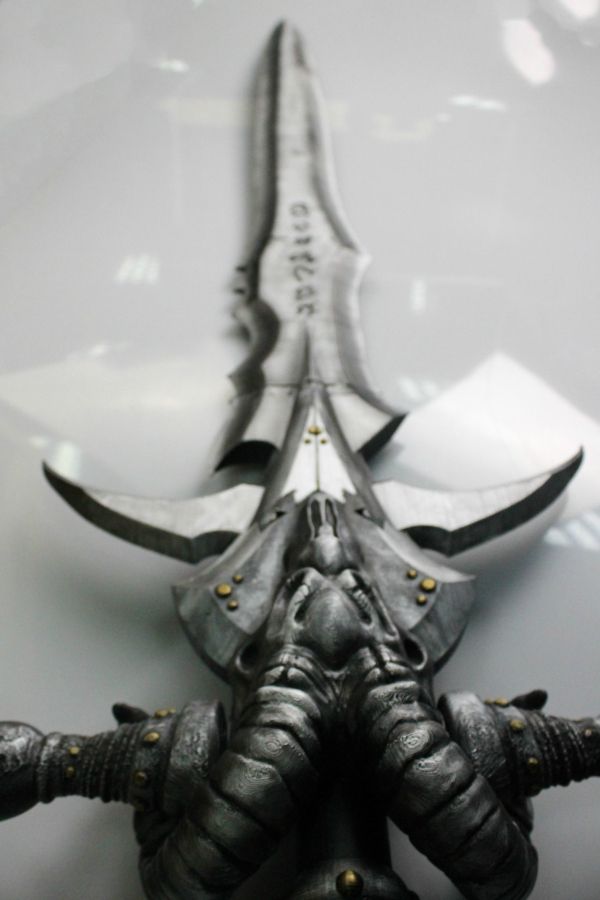
3D printing is being used to make props for TV shows, movies and theatrical productions. With this technology, SpaceX is printing the engine chambers of the Crew Dragon spacecraft, and NASA has printed about 70 parts for the rover.
Customization and personalization
In addition to facilitating the small-scale production of identical items, 3D printing allows products to be customized according to the tastes of the buyer and his physical needs. For example, company Robot Bike Co. uses technology to build a custom R160 mountain bike frame. It is created from carbon fiber passing between titanium ridges, which are printed on Renishaw 3D printers . On the Robotbike.co website, the buyer enters his height, leg size and arm span, which allows him to get a frame individually for him.
The R160 bike is a great example of a real product that combines 3D printed parts with other standard components. This makes it possible to offer a product according to individual requests in an economical way.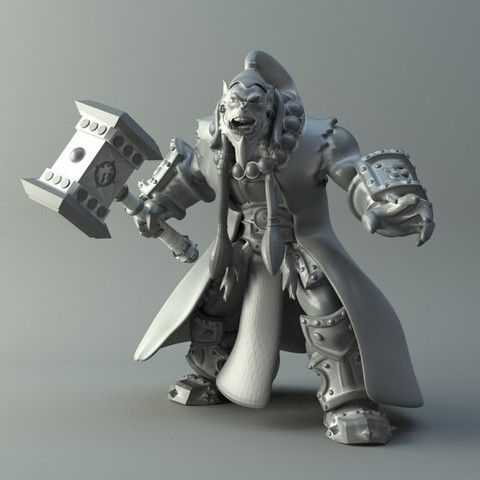 I am sure that over time, many companies will realize the potential of "custom-made" by 3D printing certain parts.
I am sure that over time, many companies will realize the potential of "custom-made" by 3D printing certain parts.
Design and build optimization
Another key benefit of 3D printing is that it removes the limitations of traditional manufacturing methods. While a designer can come up with any design for a product, if its components cannot be molded, machined, and assembled, the product will never hit the market. And in the “brave new world” of 3D printing, you can create things that were previously impossible to make. For example, such a printer can produce a chain or necklace made up of links that do not have breaks and therefore will never come apart.
The TransFIORmers motorcycle racing team used a Renishaw metal 3D printer to produce a new suspension with an optimized design. The original version was handcrafted from steel, and at the same time, twelve parts were required for assembly, which must be welded together. But with the help of 3D printing, the team was able to combine the structure into a single titanium component that required no assembly, resulting in a 40% weight reduction, a critical feature for racing.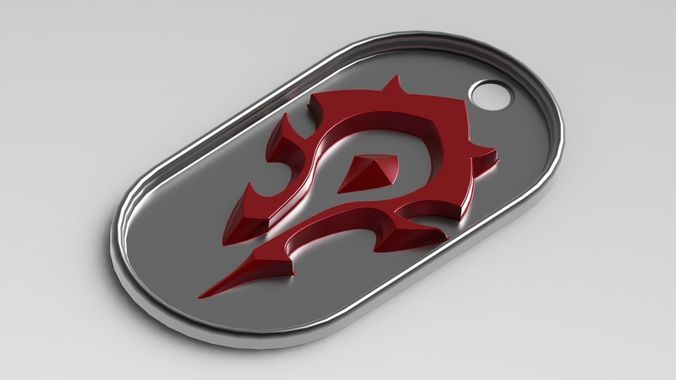
Using plastic or polymer materials, some printers can create working, pre-assembled, composite mechanisms such as a gearbox. Traditionally, the production of multi-component products includes a final assembly step. But when things are printed on a 3D printer, this is not necessary.
Free market access
In addition to improving the performance of products, 3D printing will enable many more people to become manufacturers. This is because the cost of prototypes and production tools will no longer be prohibitive, so 3D printing is making small-scale production increasingly viable. But more importantly, the availability of 3D printing services will allow almost any talented artist or designer to find a market for their creations.
Today it is very difficult for an individual or even a small company to bring a product to market, let alone globally. One of the few exceptions is book publishing, where an author can create and distribute a print-on-demand product.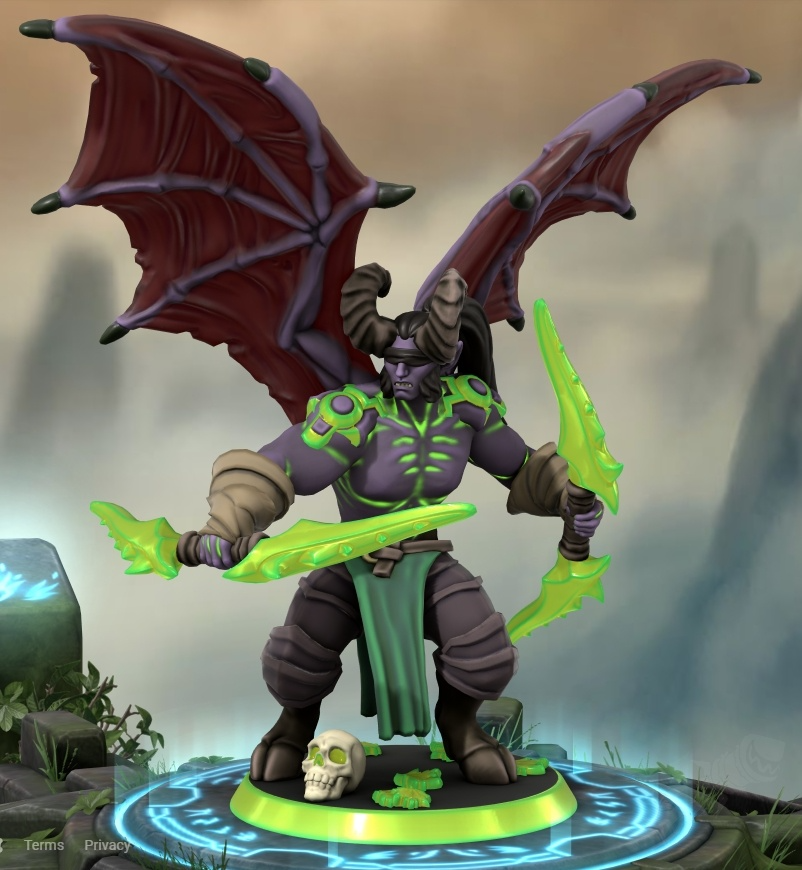 For example, residents of the UK can order a printed book through Amazon and receive a book printed in the corporation's warehouse within eight hours. This innovation allows authors to sell books without pre-printing and distribution.
For example, residents of the UK can order a printed book through Amazon and receive a book printed in the corporation's warehouse within eight hours. This innovation allows authors to sell books without pre-printing and distribution.
Similarly, 3D printing allows individual designers to bring products to market without investing in equipment and prefabricated copies. For example, more than 8 thousand designers have already opened online stores on the site of a 3D printing service provider - Shapeways . As an example, consider the store of the famous bot creator Kidmechano. His creation is Modibot, which is an ever-expanding line of 3D printed action figures with an articulated design. You can compare Modibot with Lego or Transformers.
Kidmechano uses the Shapeways platform to sell over 400 different ModiBot figures and accessories, including armor and weapons. Prices start at a few dollars, and when an order is placed, Shapeways prints whatever is required, sending the finished product to the customer, and Kidmechano his share of the proceeds.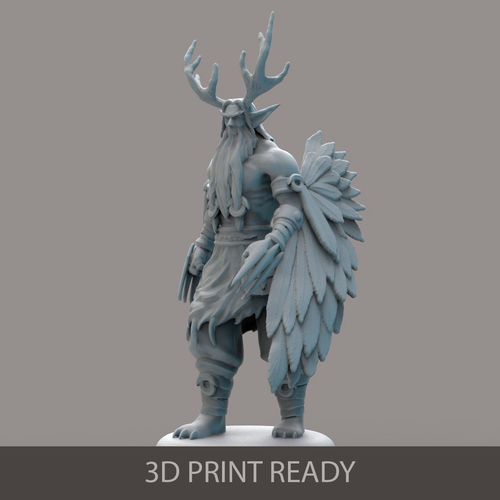
Digital storage and transportation
In addition to enabling small-scale production, cost-effectiveness and democratization of market access, 3D printing will facilitate the storage and transportation of digital objects. This means that in the future there will be two options for sending a parcel. The first is to send the physical product by courier or mail, and the second is to transfer the digital file over the Internet for 3D printing on site by the recipient.
Many regularly post texts, photos and videos on the Internet, and thanks to 3D printing, digital objects will soon be added to social networks. Thus, by making digital storage and transport possible, 3D printing will do to things what computers and the Internet have already done to store and transmit information.
In some industries, digital object storage is already starting to make a difference. For example, most dentists have traditionally had to store huge amounts of plaster casts taken from patients' mouths. Although they were only used once, there was no way to predict if they would be needed in the future, which led to archives with boxes and cabinets littered with plaster models. But now dentists are moving to digital technologies: 3D scanners and 3D printers are replacing alginate molds and plaster casting. This allows you to save impressions of the patient's oral cavity in digital form, for future 3D printing if necessary.
Although they were only used once, there was no way to predict if they would be needed in the future, which led to archives with boxes and cabinets littered with plaster models. But now dentists are moving to digital technologies: 3D scanners and 3D printers are replacing alginate molds and plaster casting. This allows you to save impressions of the patient's oral cavity in digital form, for future 3D printing if necessary.
Material savings and environmental impacts
In addition to the benefits mentioned above, 3D printing saves materials for manufacturers, which is especially important for sustainable development. Today, factories begin production with a block of metal or other raw material and then cut it: lathe it, file it, drill it, or otherwise, to form the final product. In contrast, 3D printing is an additive activity that takes as much material as the finished product. Therefore, we get significant savings in raw materials if we make things using this technology.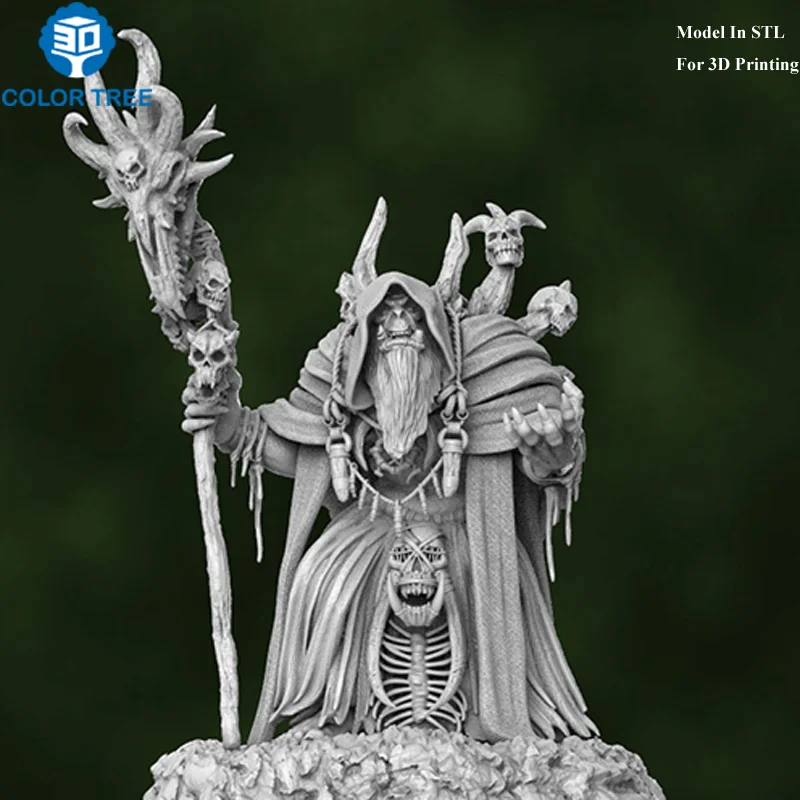
In addition, 3D printed products can have an internal structure optimized to use the minimum amount of materials. For example, plastic or metal parts printed on printers can be produced with internal cavities or an open grid - something that is almost impossible to achieve using most traditional technologies. Again, this results in material savings as well as lighter parts, which, for example, will reduce the fuel consumption of aircraft and other vehicles.
3D printing could be the cornerstone of a future transition to "Local Digital Manufacturing" (LDM - Local Digital Manufacturing). Today, most of the production is carried out in factories remote from their customers. As a result, huge amounts of oil and other resources are being spent on storage and transportation. Given declining natural resource stocks and climate action within a decade or two, these modes of transportation and storage may not be feasible or culturally appropriate. Thus, environmental protection may be a force to stimulate the mass adoption of 3D printing to facilitate the production of goods in local industries.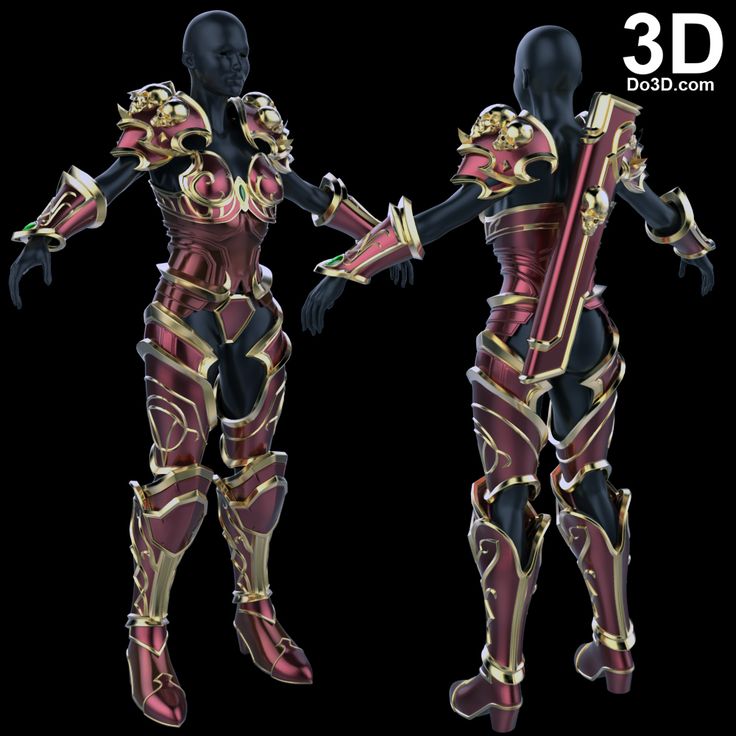
Difficulties can be overcome!
Like any new technology, 3D printing can have both negative and positive effects. For example, there are fears that its further development will reduce jobs. And this is quite possible for some professions. Especially for those who produce prototypes, molds and tools using traditional methods.
It is possible that employment in countries that prepare products for export will decline as the technology is absorbed by local industries. In his 2013 State of the Union address, President Obama cited 3D printing as a technology that "has the potential to revolutionize everything we do" and thereby bring jobs back from Asia back to the US. In other words, the global economic impact of the development of 3D printing has been recognized at the government level as one of the largest economies in the world.
It is clear that 3D printing will also help create new jobs. It will be a long time before we can 3D print finished products without the help of a skilled technician.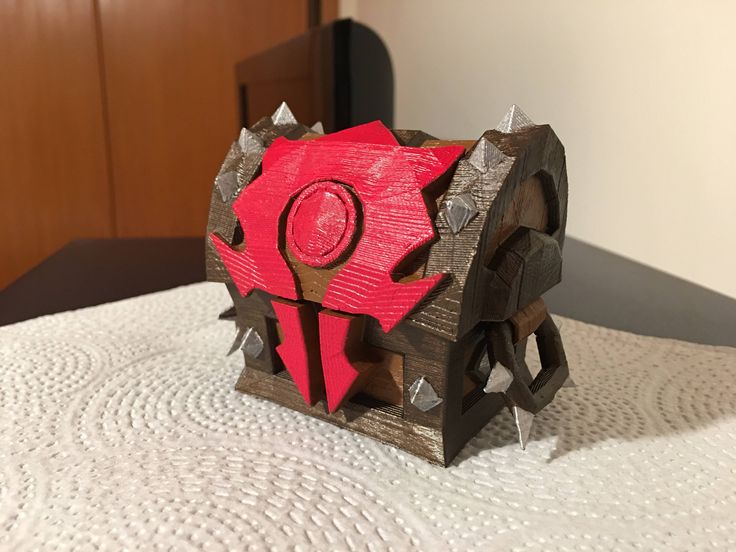 As technology spreads, new jobs will emerge, and such employment will be evenly distributed across the region—not typical of the industrial revolutions of the past.
As technology spreads, new jobs will emerge, and such employment will be evenly distributed across the region—not typical of the industrial revolutions of the past.
Some industries could also benefit from the spread of 3D printing. Last but not least, the logistics sector is already aware of these opportunities. For example, in July 2014, in Publication 9U.S. Postal Service 0135 noted that the service provider could "benefit enormously" from the spread of 3D printing due to the expected increase in small package deliveries. In particular, it was predicted that the technology could lead to an increase in the income of the local parcel delivery service by 486 million dollars a year. The forecast was based on the assumption that most 3D printed goods will be made in local service bureaus, from where they will need to be delivered to people's homes.
In addition to the impact on employment, there are two other problems: the infringement of intellectual property rights and the use of 3D printing for criminal purposes. It is already possible to use consumer equipment to scan an object, such as a model of Mickey Mouse, and then print a plastic copy of it. Similar to the impact that mp3 music and the internet have had on the music industry, 3D printing can impact intellectual property rights.
It is already possible to use consumer equipment to scan an object, such as a model of Mickey Mouse, and then print a plastic copy of it. Similar to the impact that mp3 music and the internet have had on the music industry, 3D printing can impact intellectual property rights.
Even more disturbing, it is already possible to 3D print firearms. Currently, a $230 personal 3D printer can only make a disposable plastic gun. But when the ability to print from metal becomes affordable, we will have serious problems.
The latest minefield with 3D printing and personal effects is health and safety. Today, almost all the products we buy meet certain standards and are tested. However, manufacturers are responsible for any accidents and injuries that may occur as a result of their failure or malfunction. But who will be responsible if, for example, a child downloads a free toy from the site, prints it out and gives it to the younger one - and he swallows a piece broken off from it and suffocates? Will the fault lie with the person who developed the object; the site through which it was published, the manufacturer of the 3D printer, the supplier of the consumables, or the parent that allowed it? Now there is no answer to this question.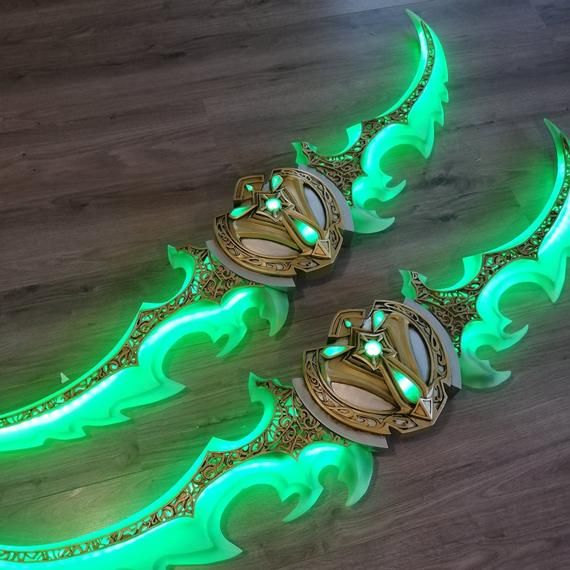 And pretty soon, we won't be able to ignore it.
And pretty soon, we won't be able to ignore it.
In a world of pioneers
The 3D printing revolution, like any other technological revolution, is the product of the action, energy and vision of those people who are brave enough to make it happen. Over the past few years, I have had the pleasure of interviewing many of the pioneers of 3D printing. And since my goal is to capture your imagination and not focus on details and technical details, so I asked them the fundamental question: “Why did you choose this particular technology?”.
One of the first people I spoke to was Anssi Mustonen , the head of Finnish 3D printing and design company AMD-TEC .
“We live in a hectic world, but with this technology, we can deliver quality service to our customers,” Anssi said. As for prototypes: I don't have time to code and send orders to external vendors for details. 3D printing is not the only way to fabricate, but it is faster at creating complex shapes and configurations than traditional methods.”
Konstantin Ivanov , co-founder and CEO of 3DPrintus.ru , told me how technology allows us to offer new types of products and services:
“3D printing provides solutions that are at the intersection of manufacturing and the digital technologies of the Internet. Our customers have discovered an easy way to create and produce just about anything. I'm sure the main advantage for them is the ability to use a simple interface to get their product."Gary Miller , Managing Director of Print Services 3D Print Bureau in the UK, told a similar story, albeit with caution in the forecasts:
“We use 3D printing because it is faster: it reduces lead times and almost any geometry is available! I started with the Objet printer over ten years ago when there was only one material. Years have passed, and now there are about 2 thousand materials for printing.Just imagine where we will be in ten years! True, no matter how much raw material you have, you need to transfer it to reliable hands. You need experience in your industry to understand where this technology is suitable, and where it will only increase the cost. I used to be skeptical that 3D printing would move into manufacturing, but in the first half of 2016 we saw progress and an increase in orders. It's great to see how 3D printing develops and new materials emerge."
One of the most interesting conversations was with John Cobb , EVP Corporate Affairs of 3D printing giant Stratasys in the US. Shortly after starting the conversation, John focused on the technology's potential to redesign and distribute products:
“In 3D printing, there is a lot of focus on adapting it to traditional manufacturing processes. The fundamentals of design are changing, allowing for a change in the way products are made and then methods of distribution.Imagine there is a problem with the plumbing. You take a picture of it with your smartphone and send it to the Home Depot And after an hour or two, you assemble the pipeline - replacing a non-standard part. It may take another five years, but we are already moving in this direction.”
Miranda Bastins , director of Belgian 3D printing service i.materialise , focused on new market opportunities from a different perspective:
“3D printing helps to create a world where products meet our expectations or individual style, and where everyone has the opportunity to own something unique. Things not only better meet the needs and interests of consumers, but it also becomes possible to sell their own goods to others. For example, a jewelry designer might propose a new ring to a global audience and test the demand for the design. If there are no orders, this is no longer a problem (printing only on demand) - and if there are, then the rings will be printed, delivered to the customer, and the creator will receive his share of the proceeds.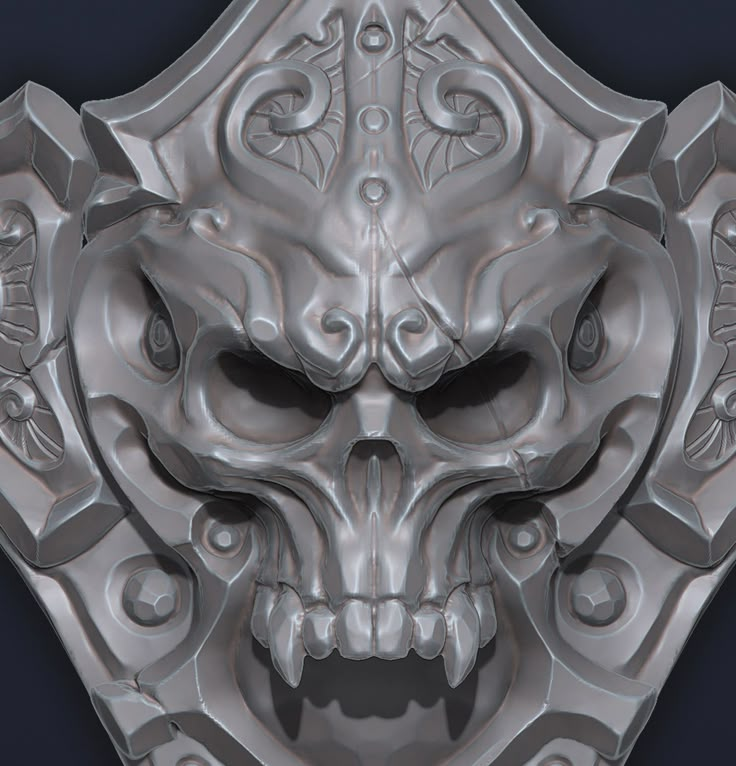
Lucy Beard , founder of Feetz , also recognizes the potential of 3D printing to create "better fit" products. Feetz is a "digital shoemaker" that uses 3D printers to make custom shoes. As Lucy told me:
“This technology is changing the way we produce and consume things. We can make personalized products with fewer resources, and it will be much easier to recycle them.”
Mark Saunders is Director of the Global Solutions Centers at Renishaw , a 3D printer manufacturer. He also focused on the opportunities the technology offers manufacturers:
“More and more companies are looking to use the potential of 3D printing to improve product performance, making it more efficient and better adapted to the application. The unique ability to create complex geometries from high-quality materials opens up huge potential for innovation in both product design and business models.We expect additive manufacturing to play a key role in further developing processes and improving products.”
Finally, Sylvain Premont - founder of 3D printer stores iMakr and 3D content website My Mini Factory - noted how technology unleashes the imagination:
we will be able to invent, design and manufacture almost everything - in the shortest possible time and at a low cost. You will also be able to download content that is ready to print and easily adaptable to your own needs. The next generation will ask their parents: How did you get along without a 3D printer before?
A new frontier
As you can see from the interview, 3D printing continues to generate interest among its pioneers. And many large manufacturers using traditional technologies are already changing direction towards this technology.
Nobody can predict the future of 3D printing. However, there is good reason to believe that the technology will have a drastic impact on many manufacturing sectors.




